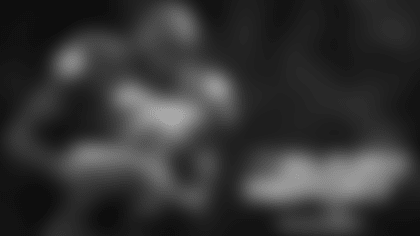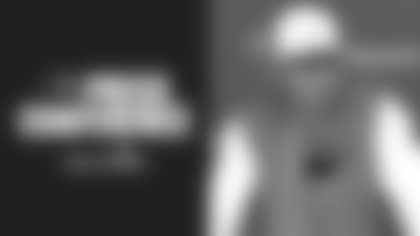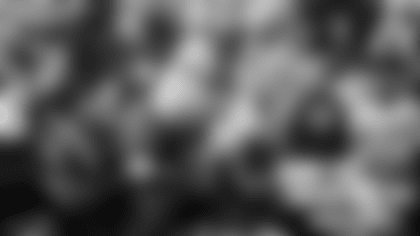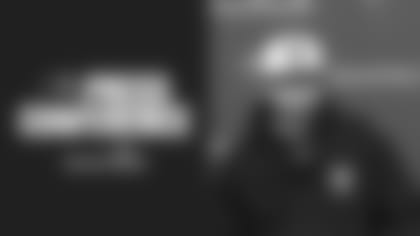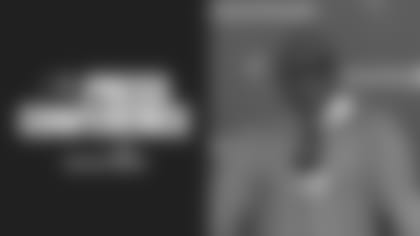Pictures of the local Pro Day hosted by the Buccaneers.
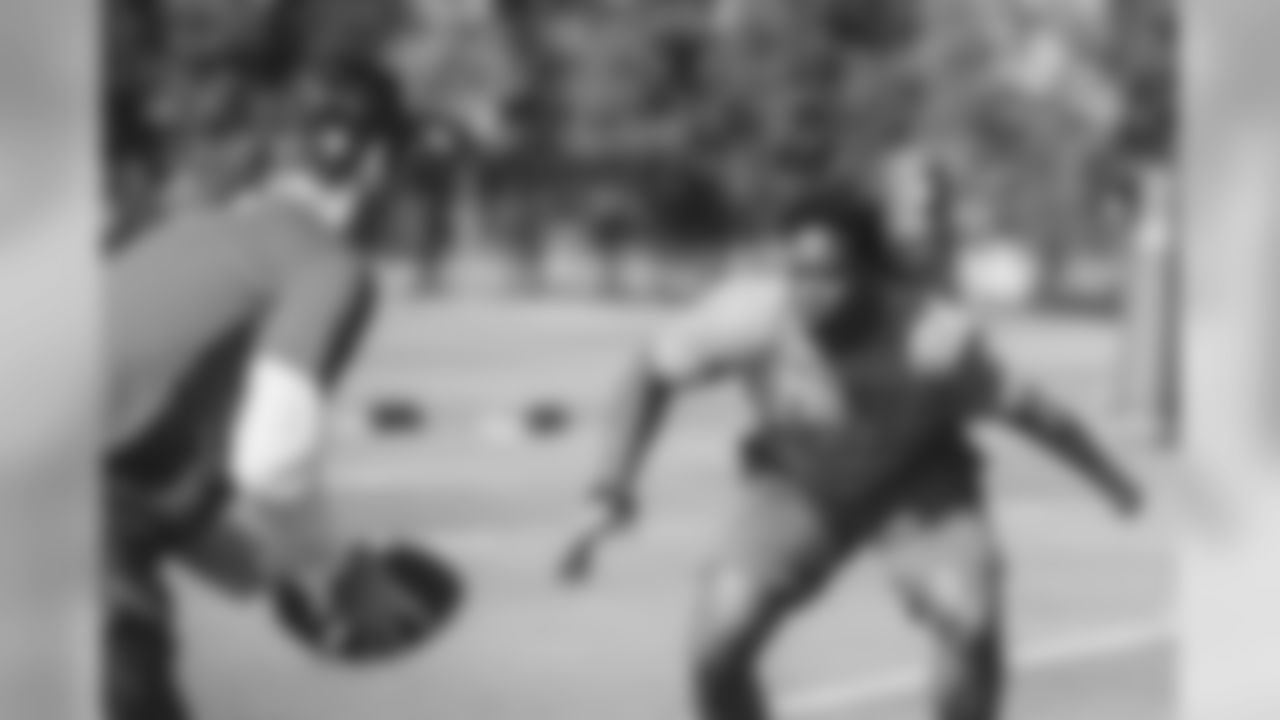
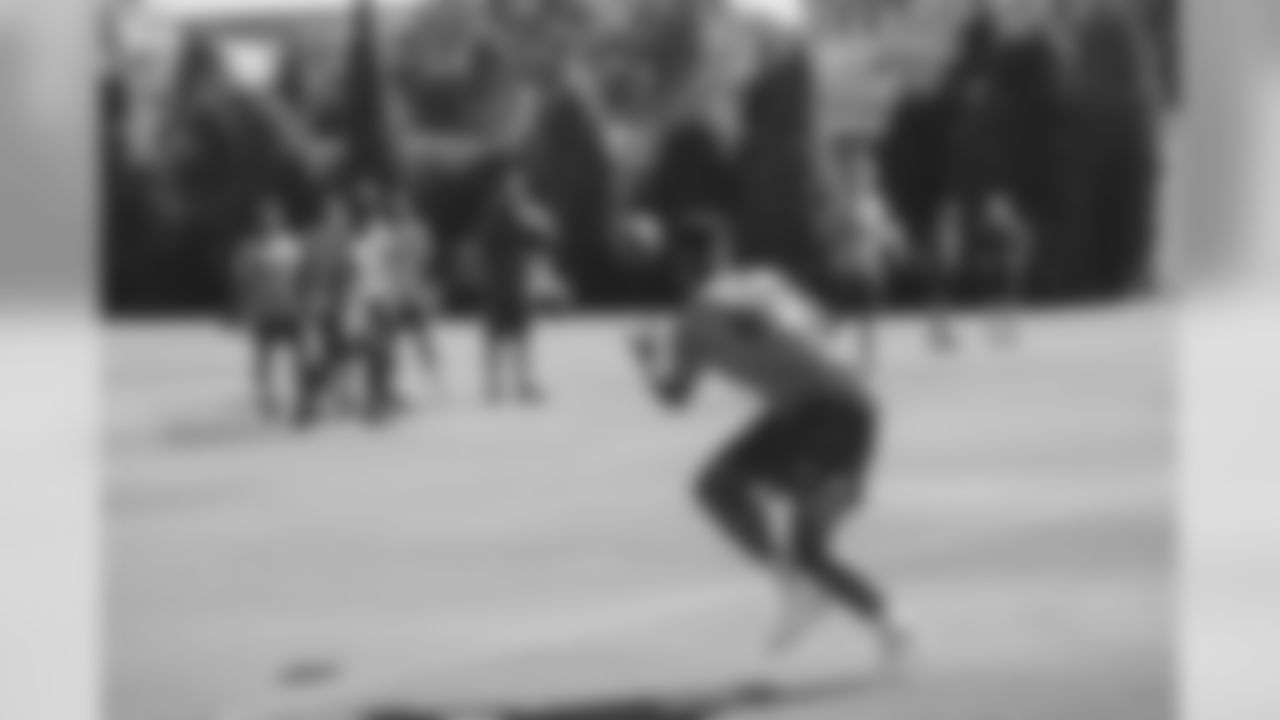
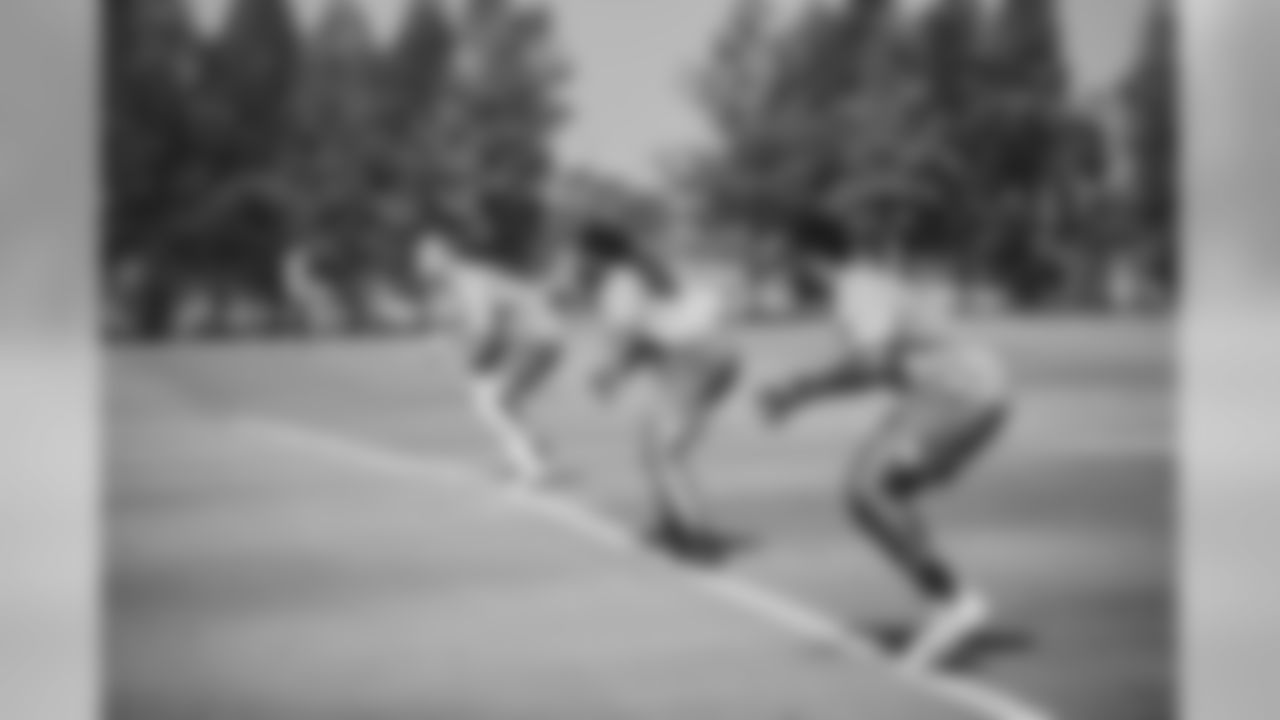
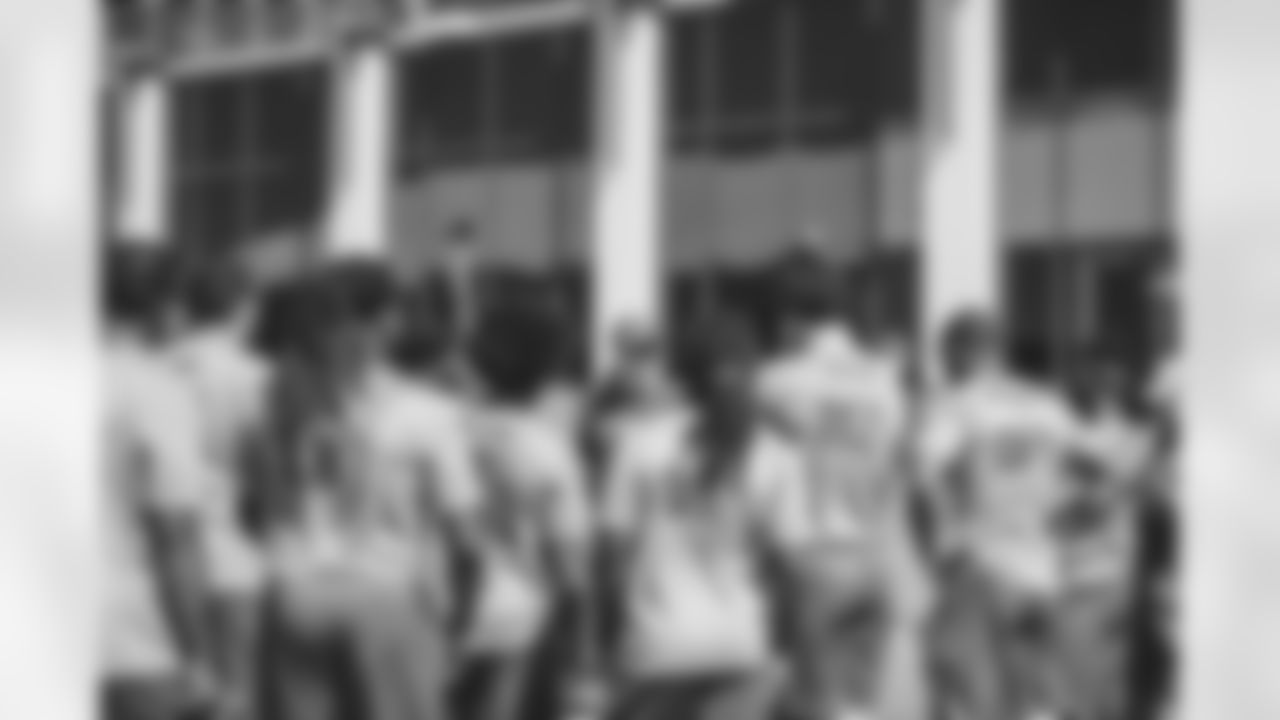
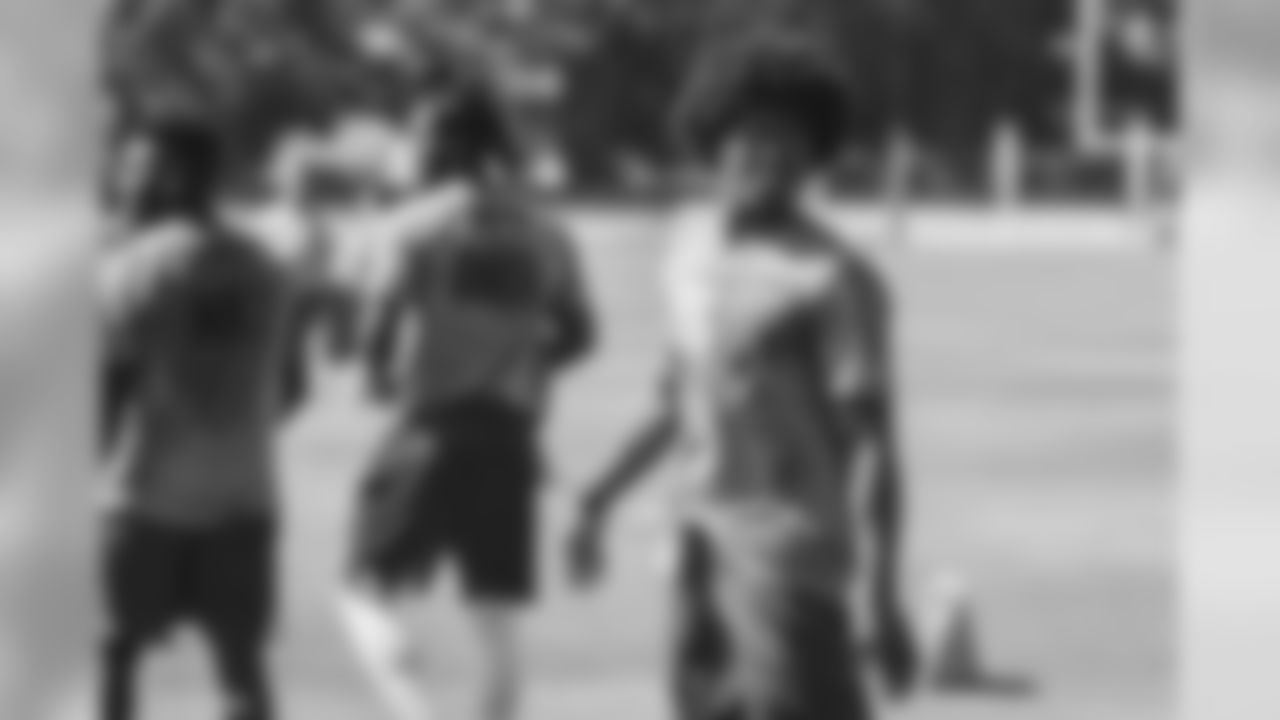
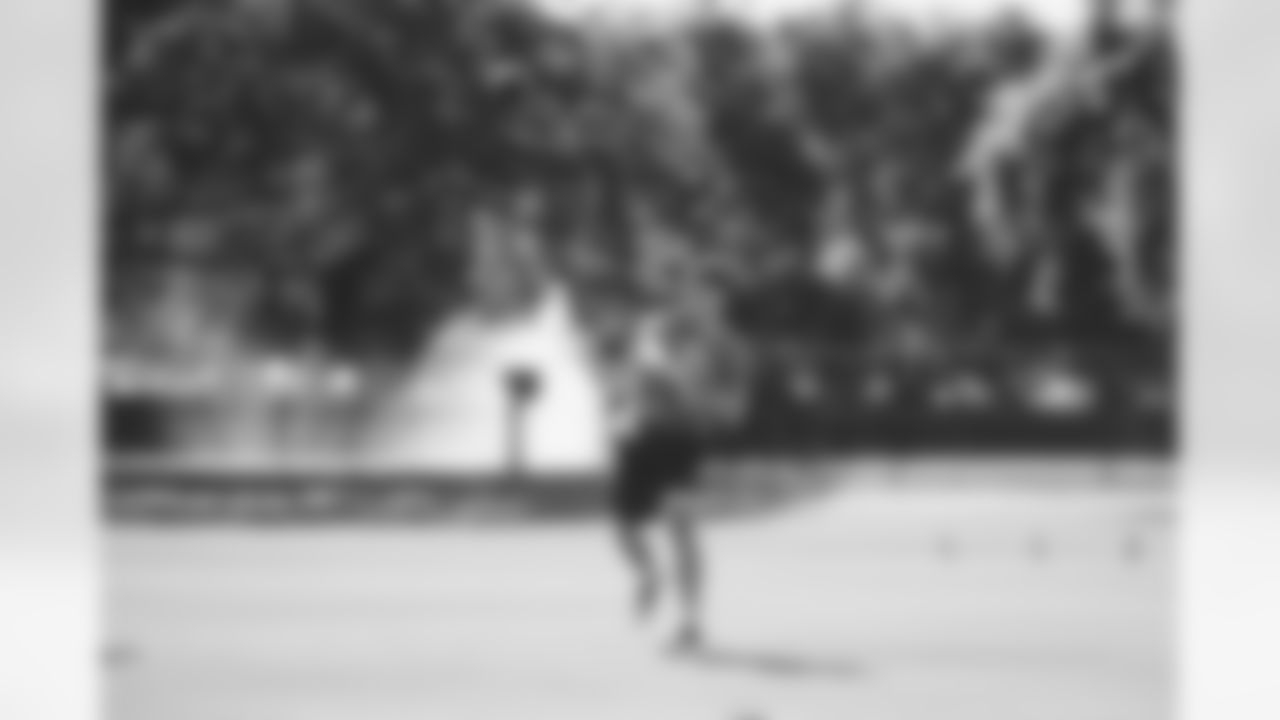
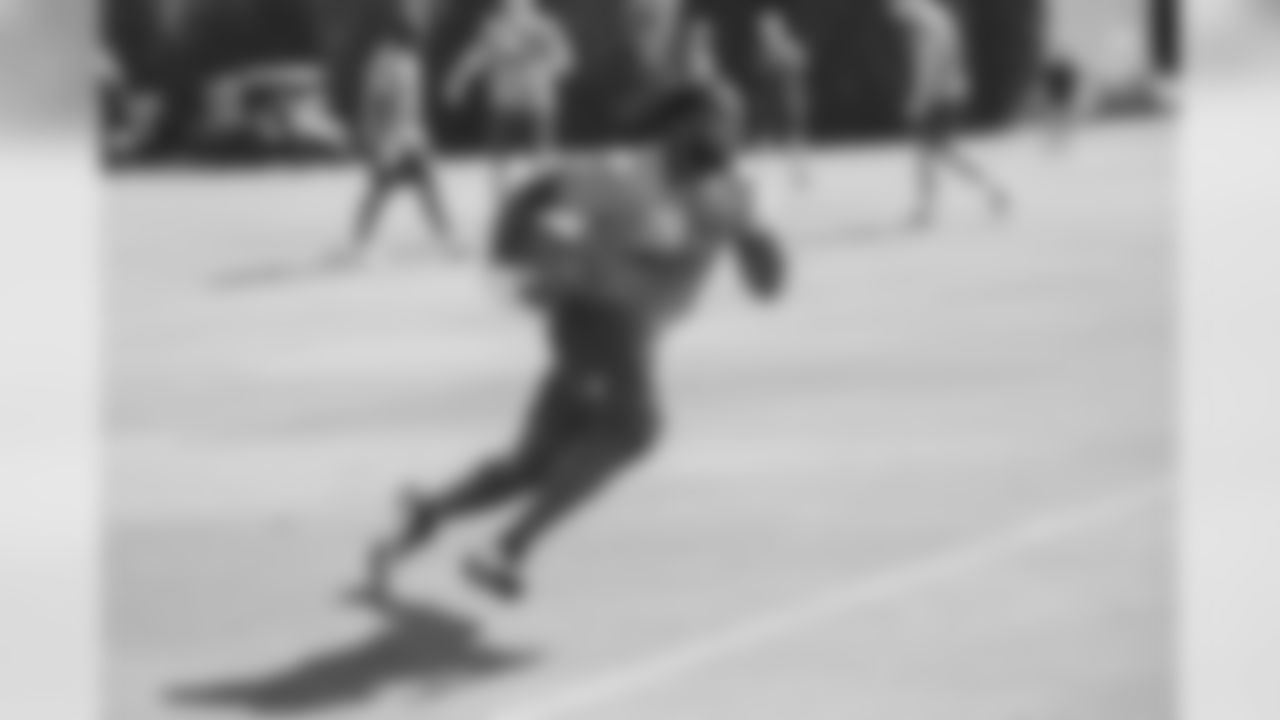
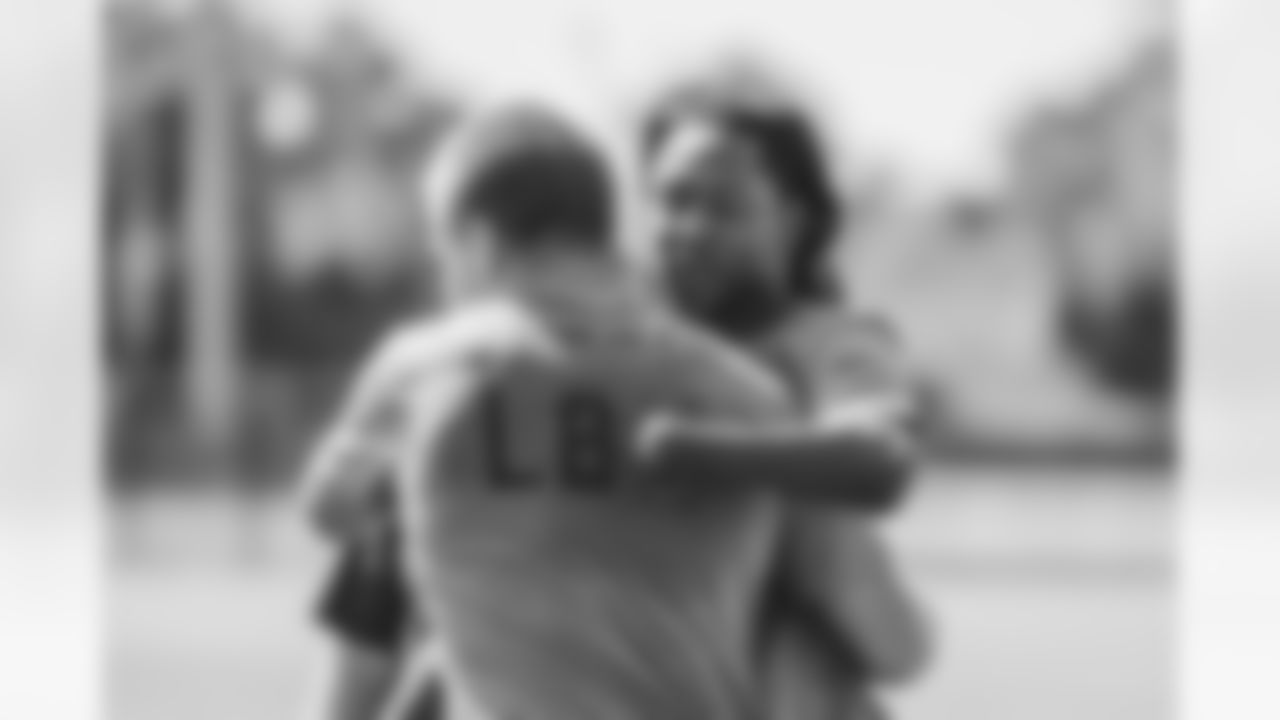
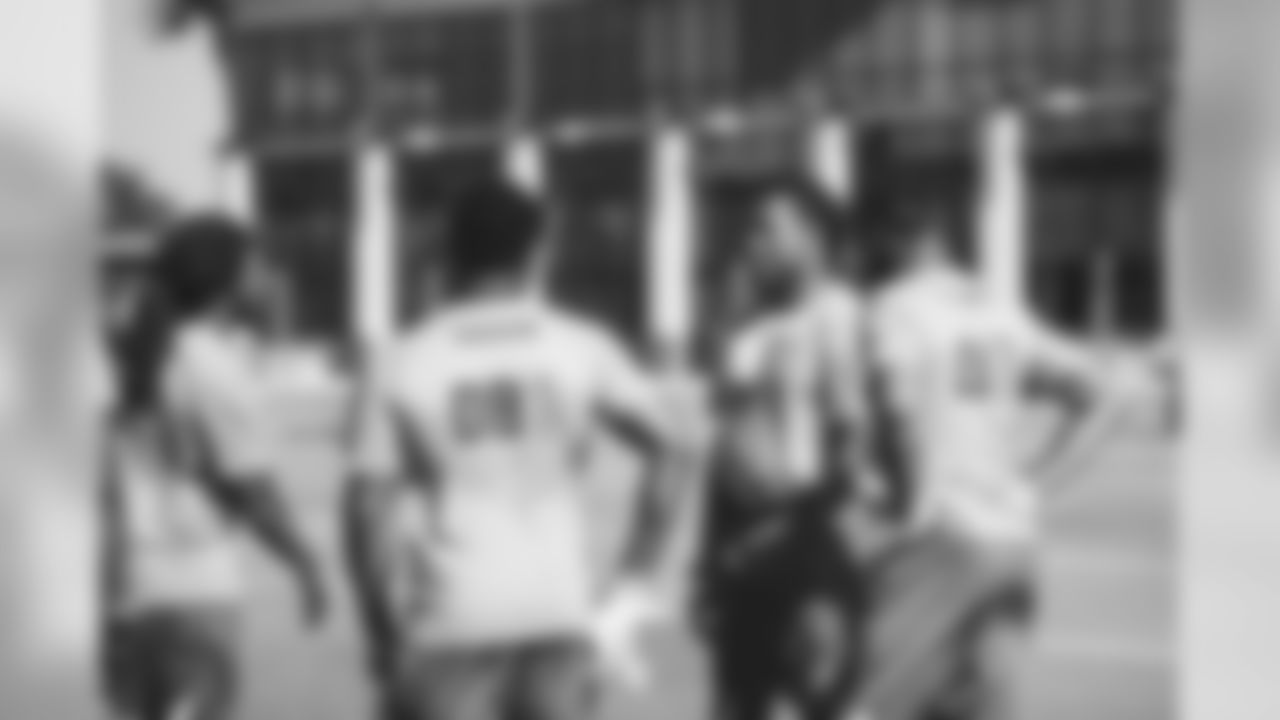
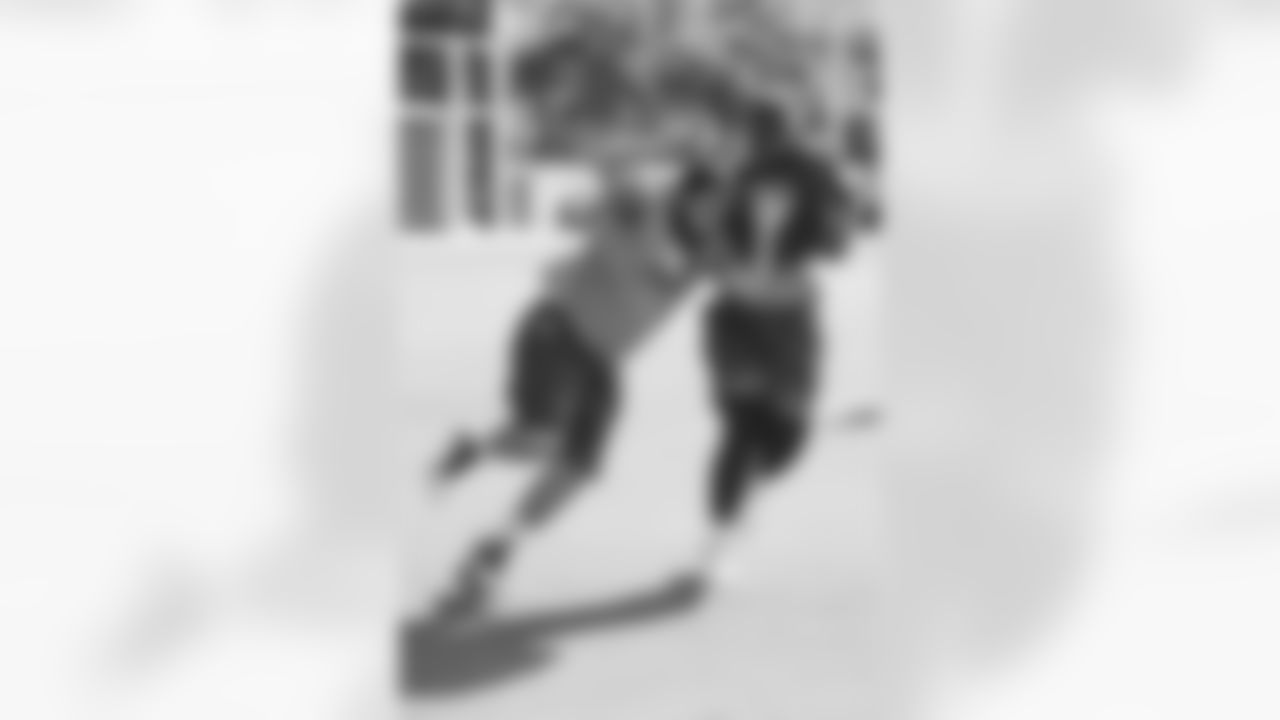
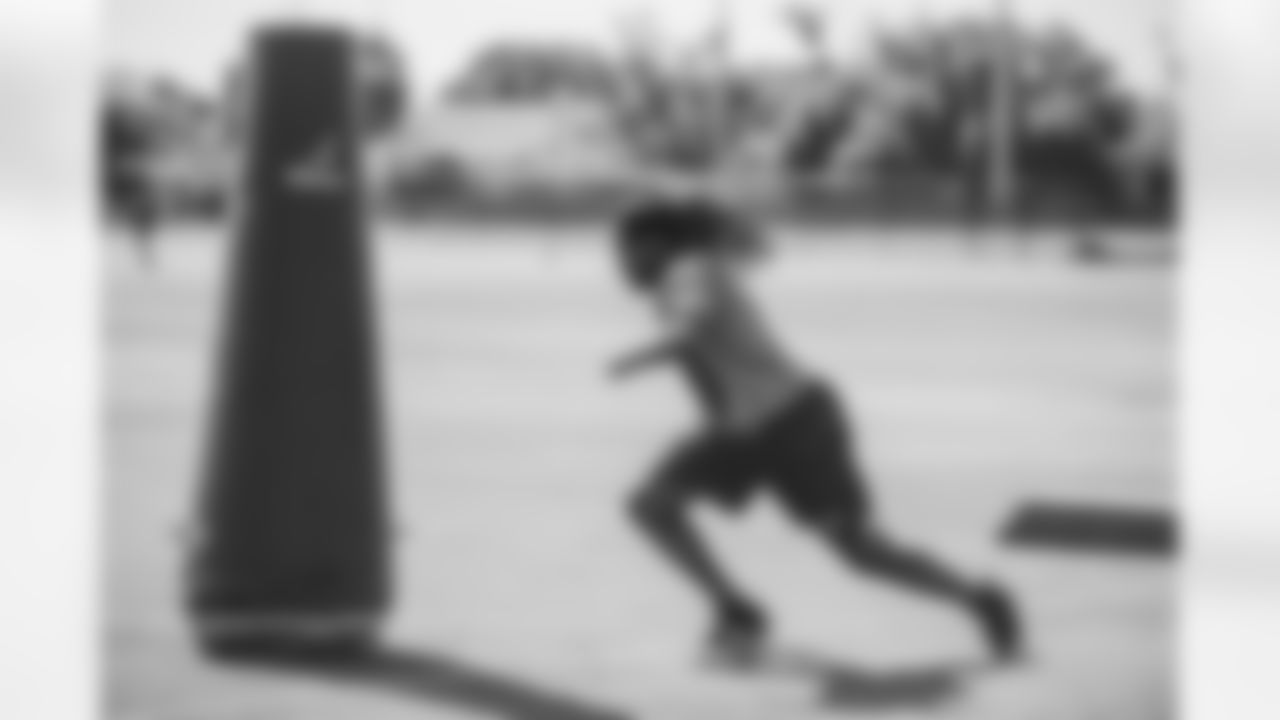
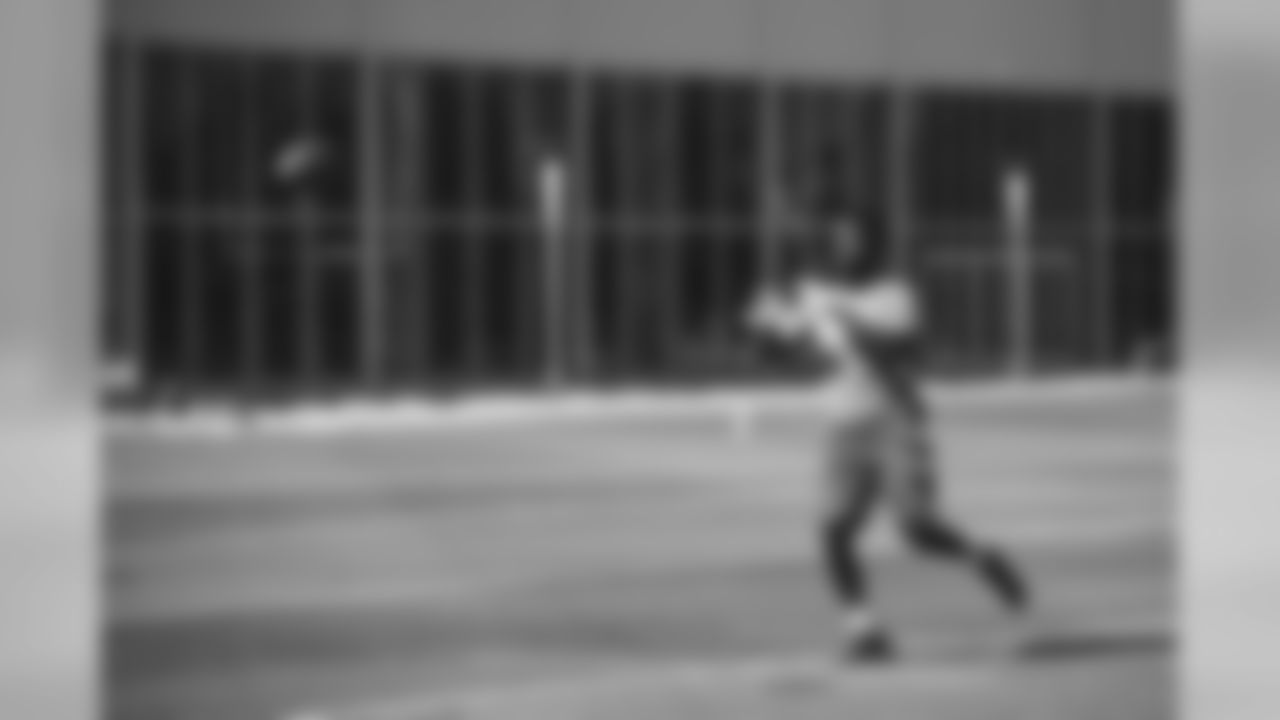
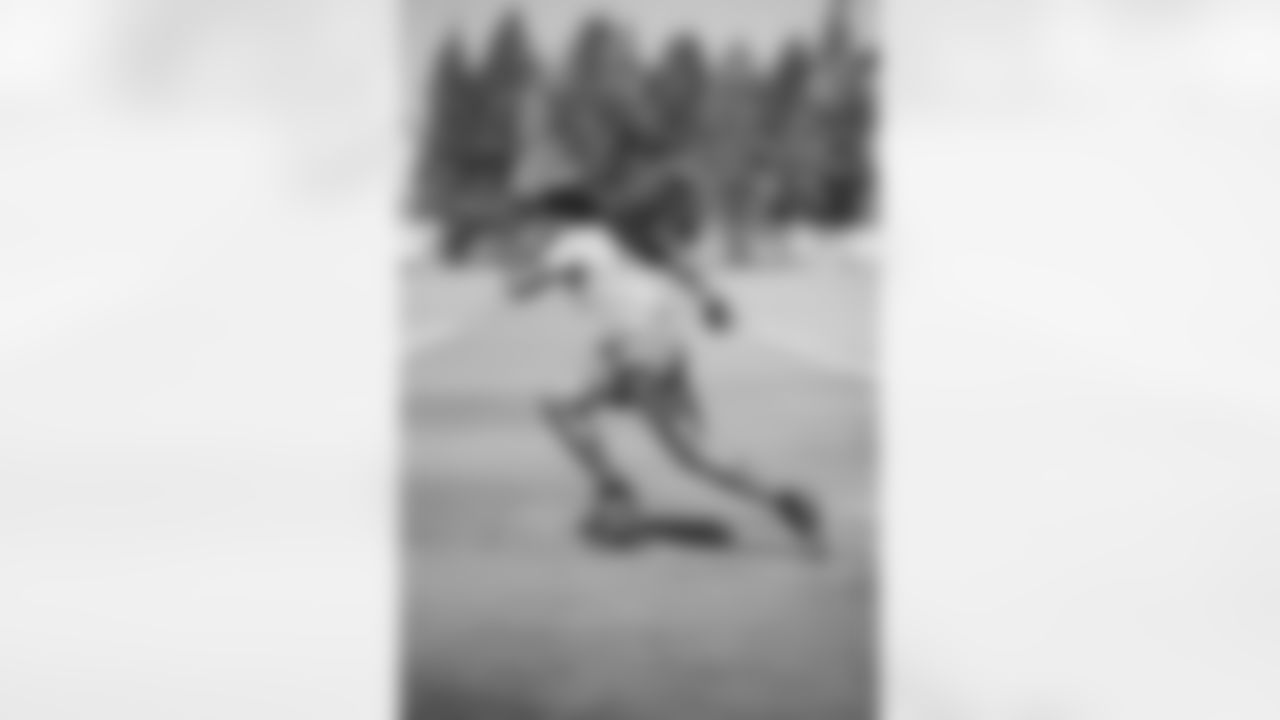
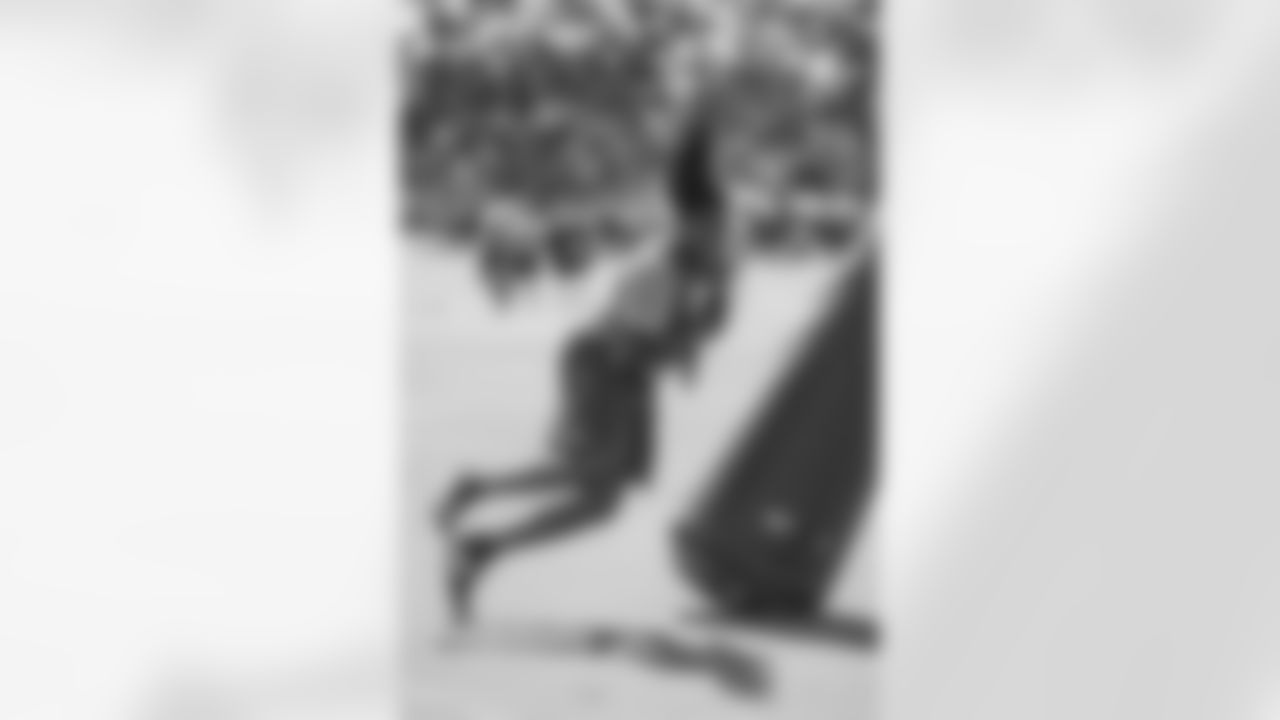

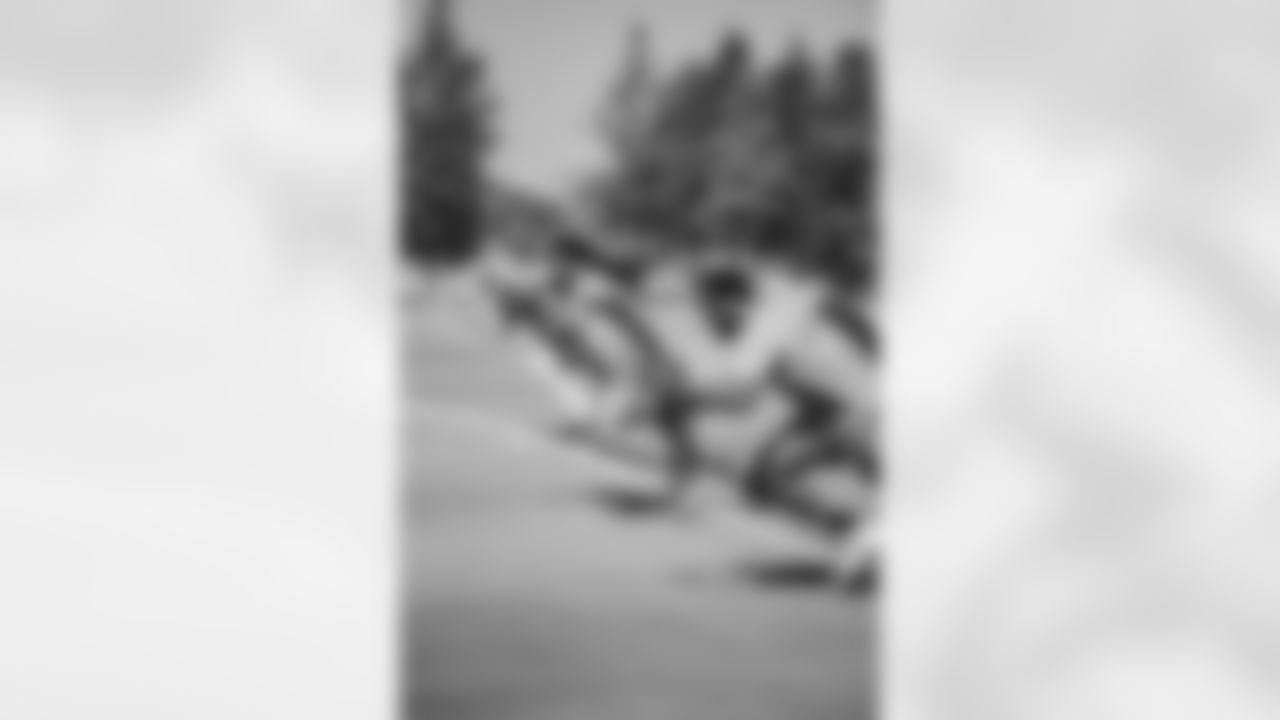

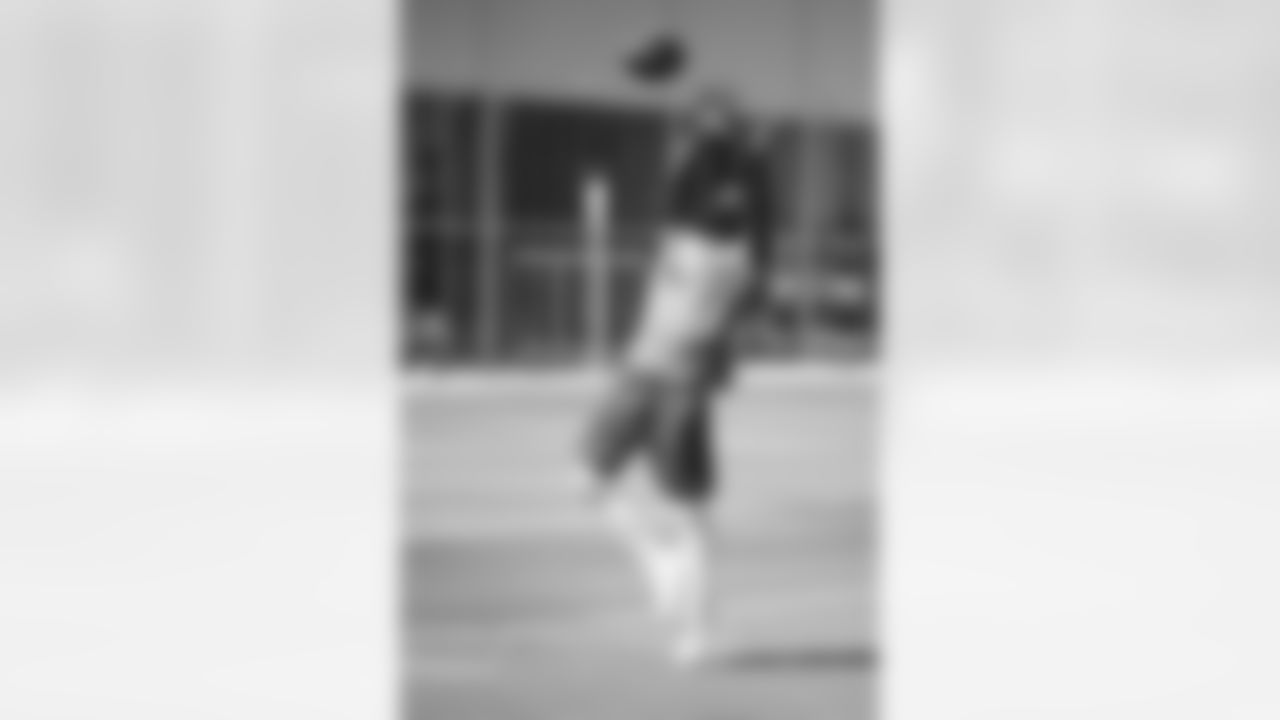
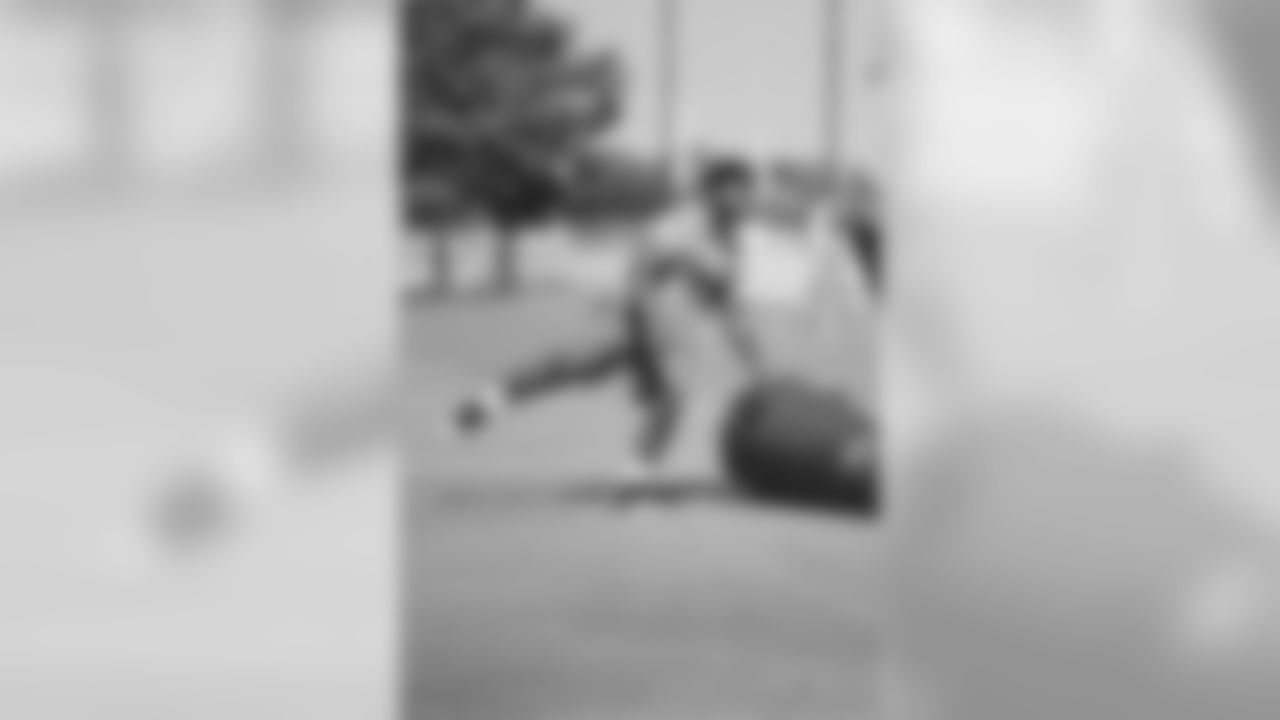
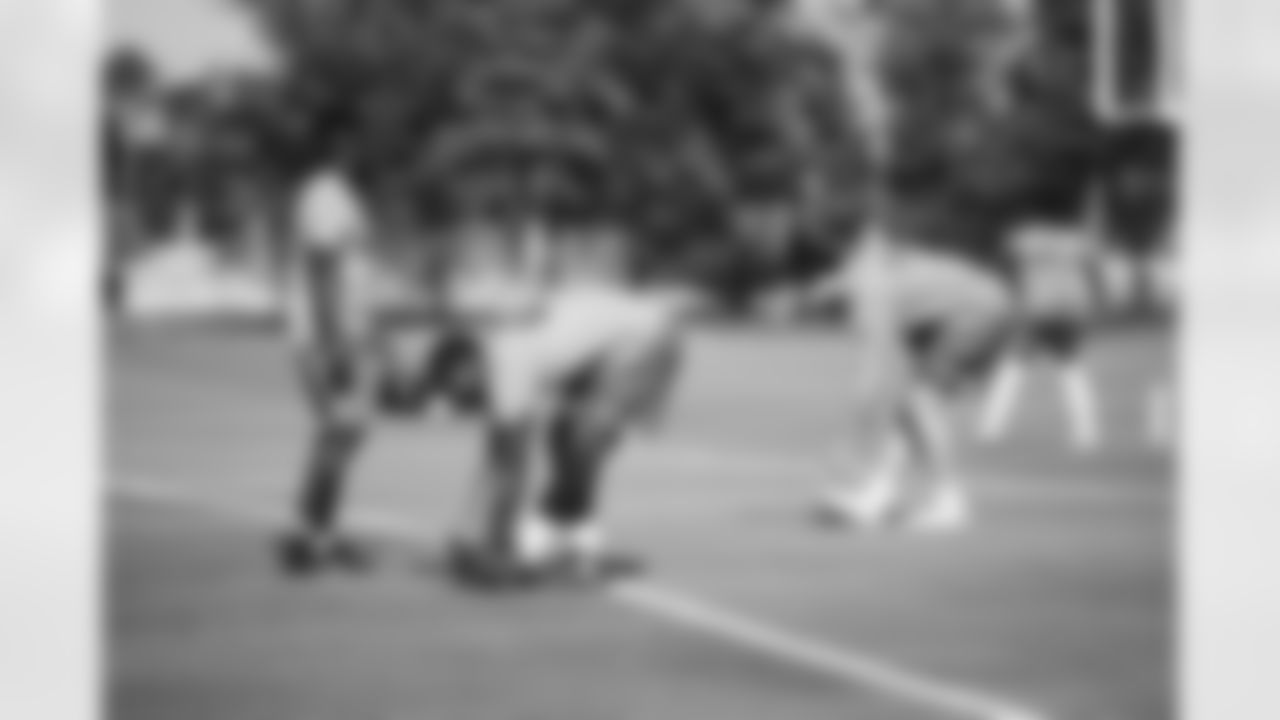
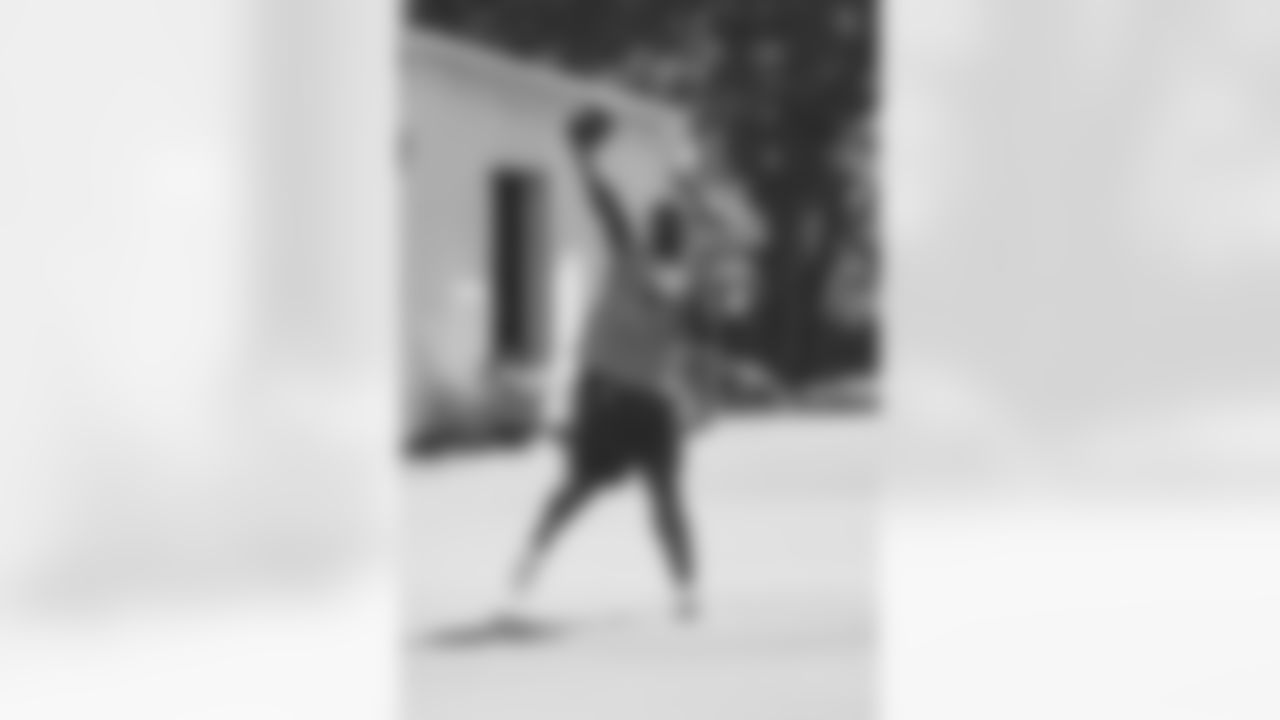


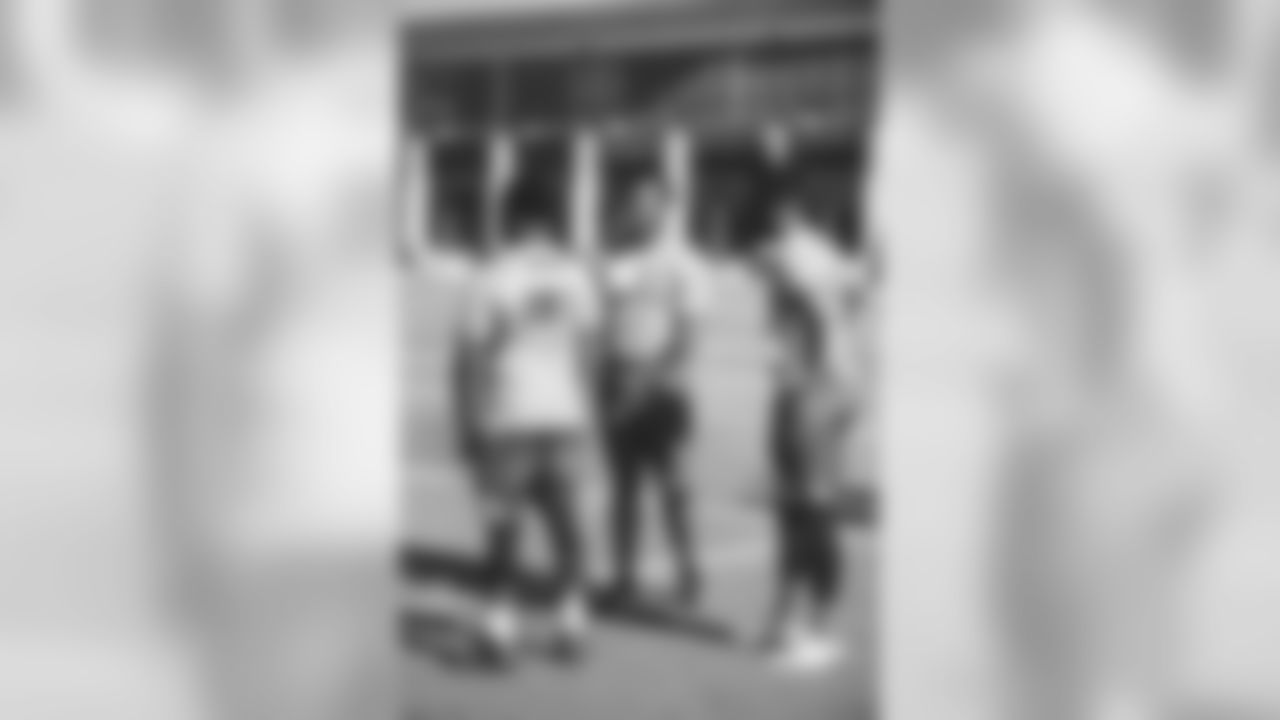
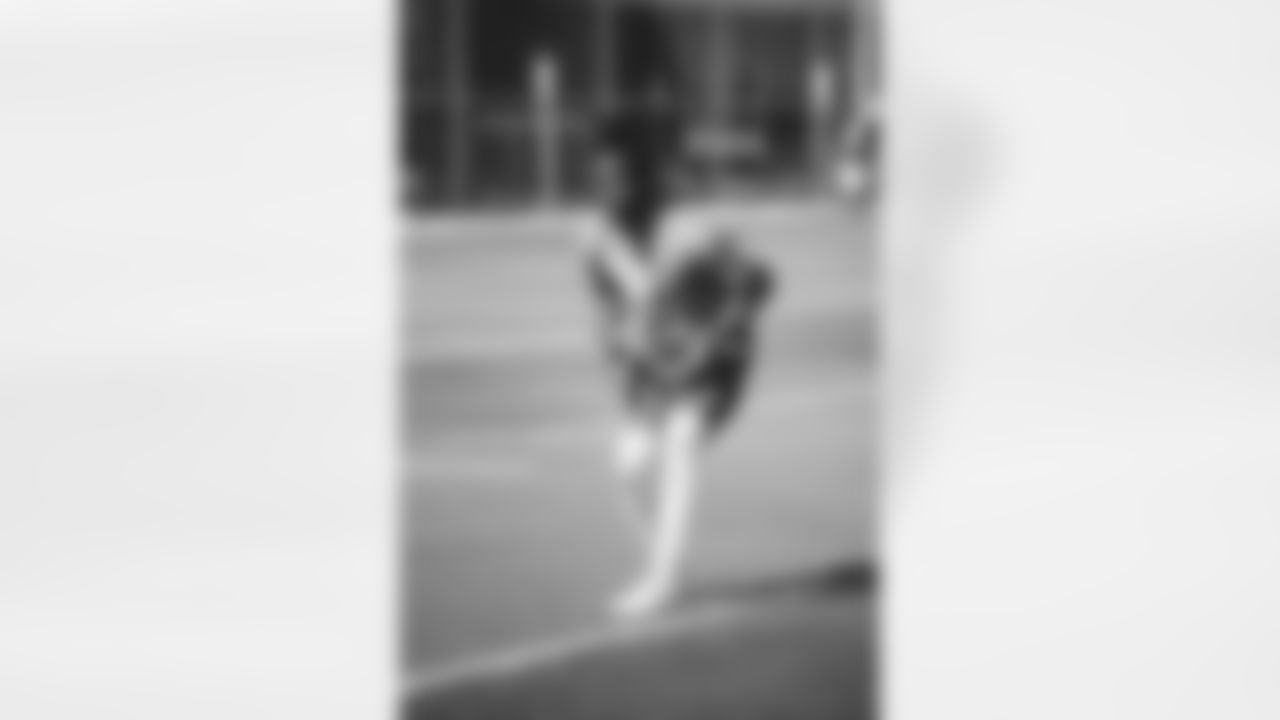
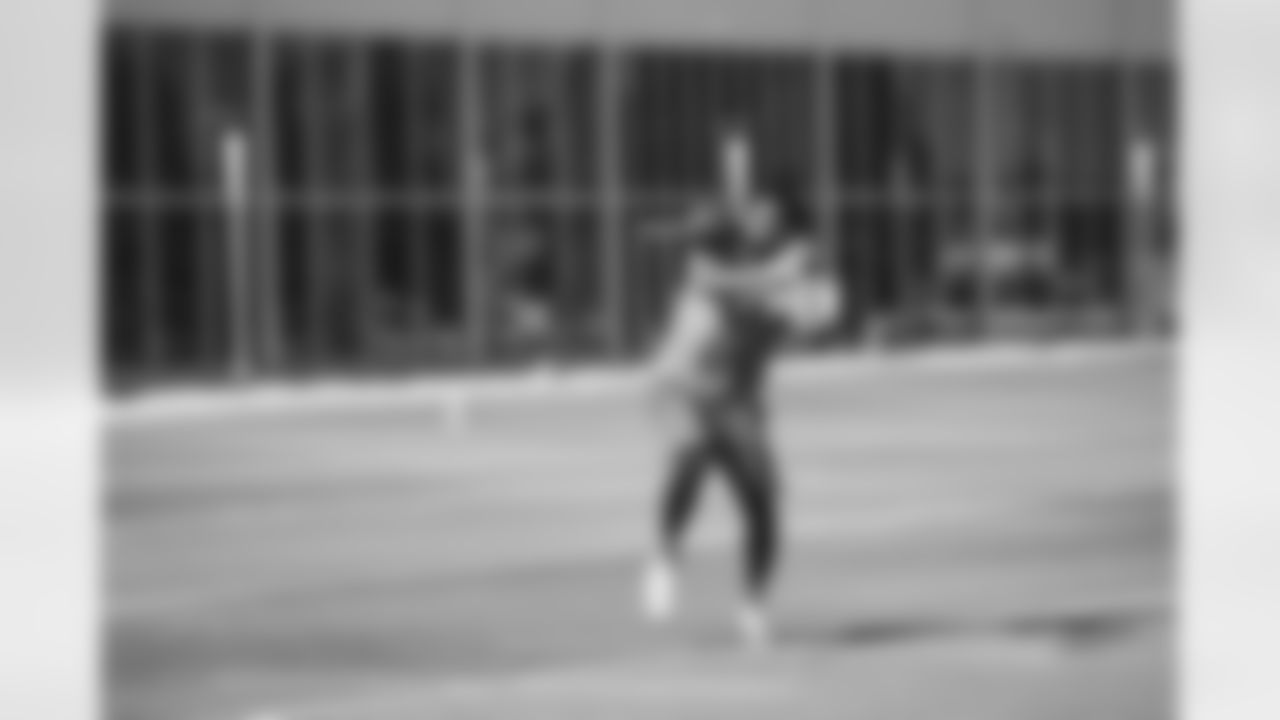

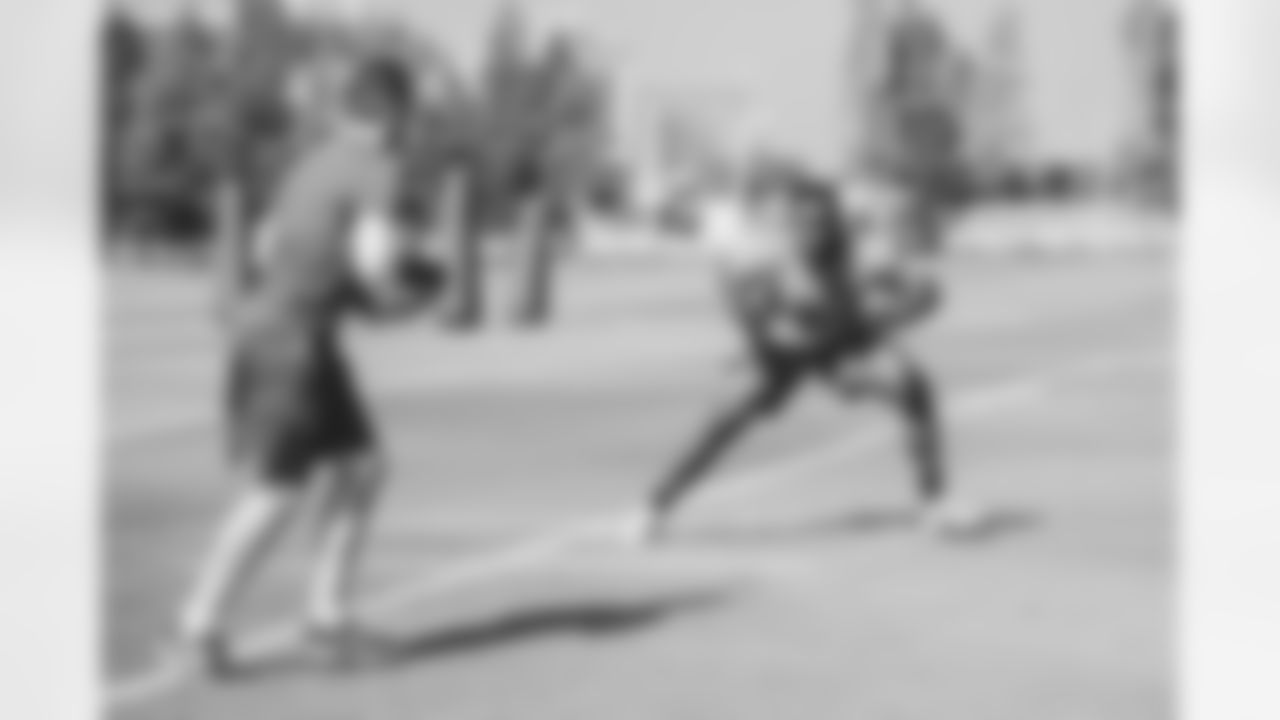
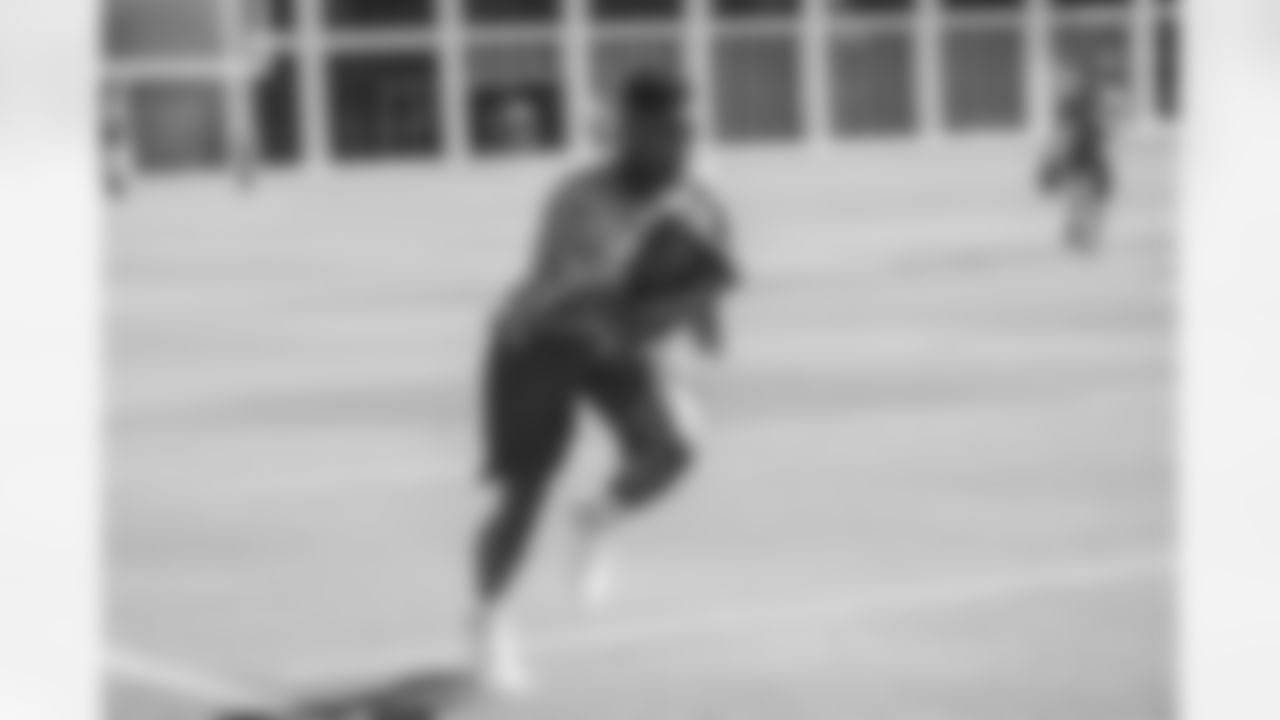
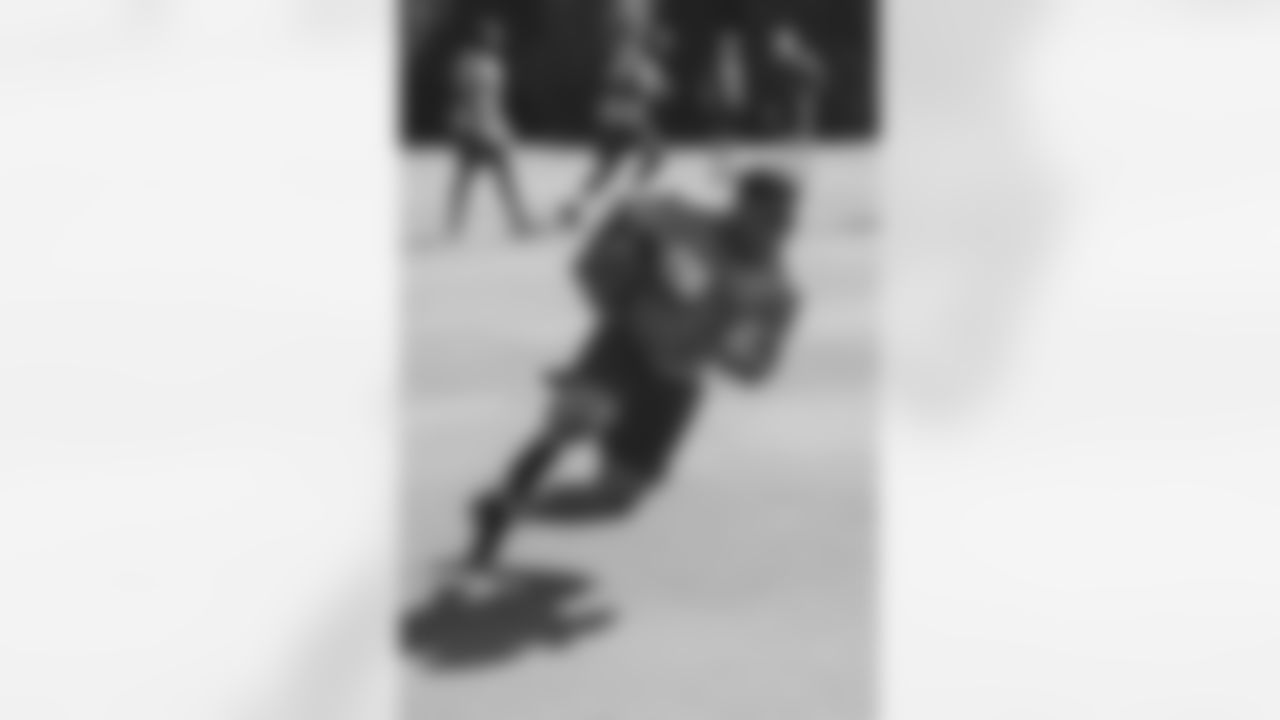

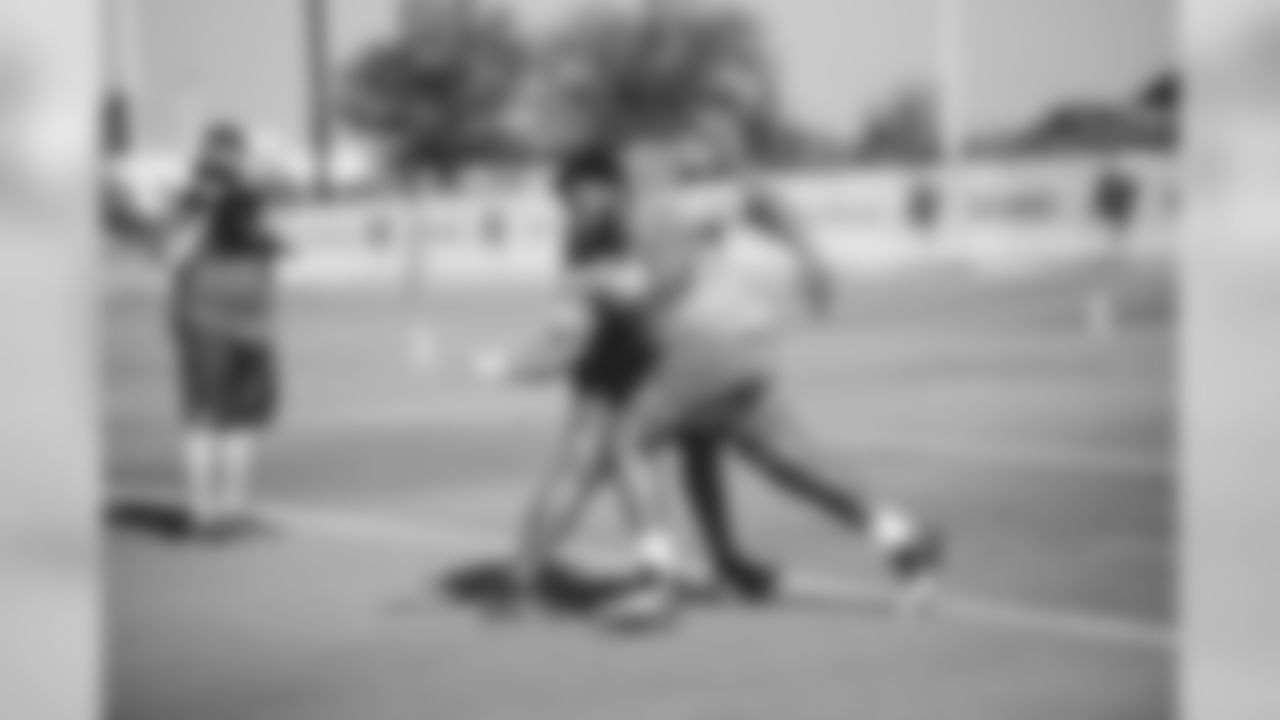

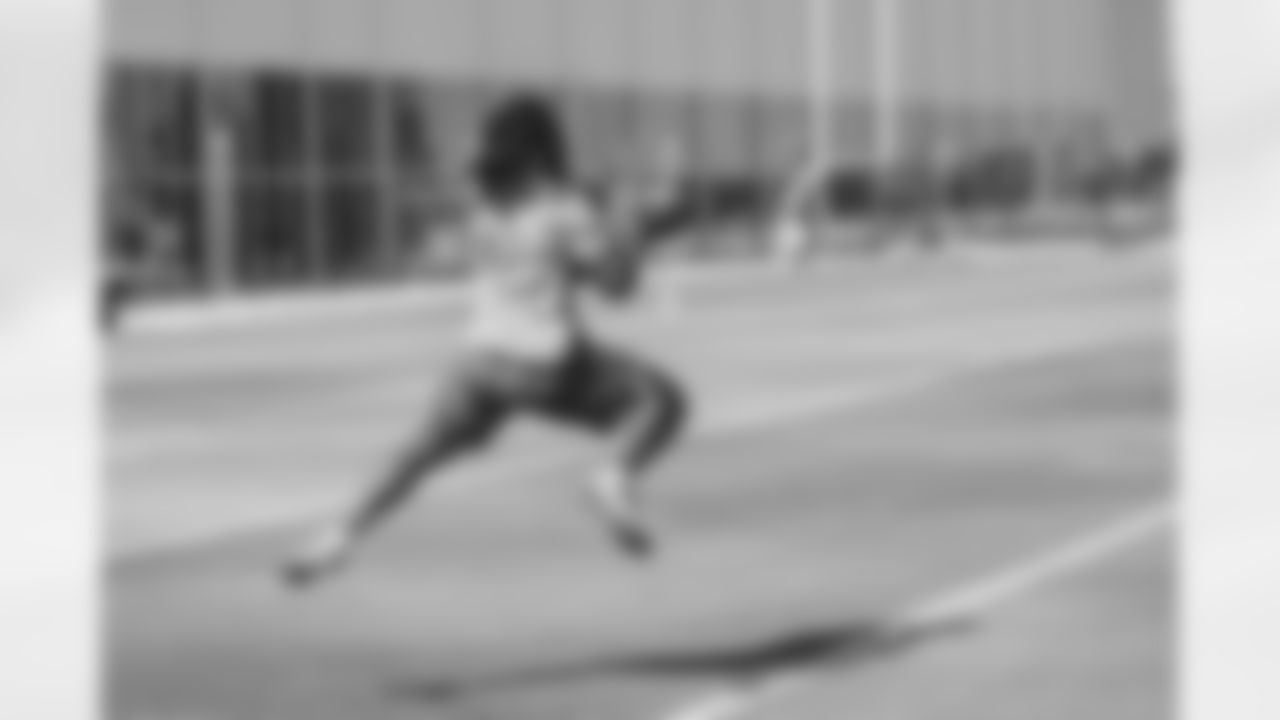
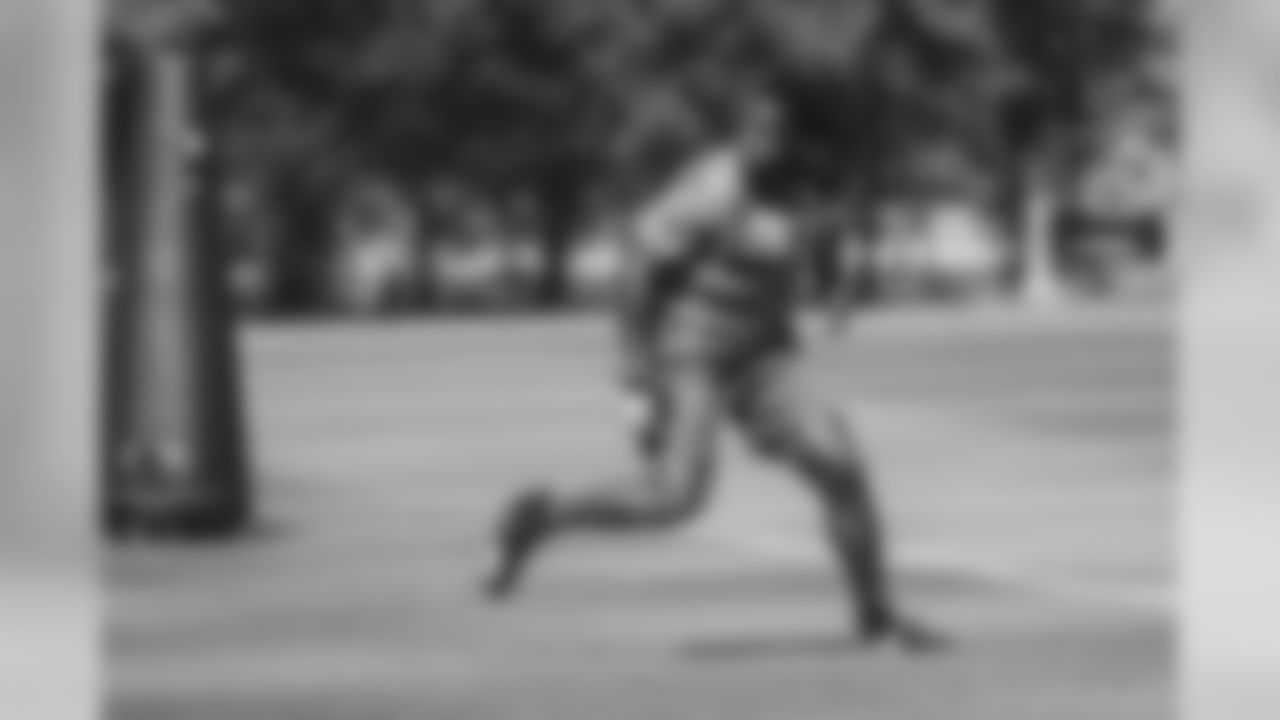


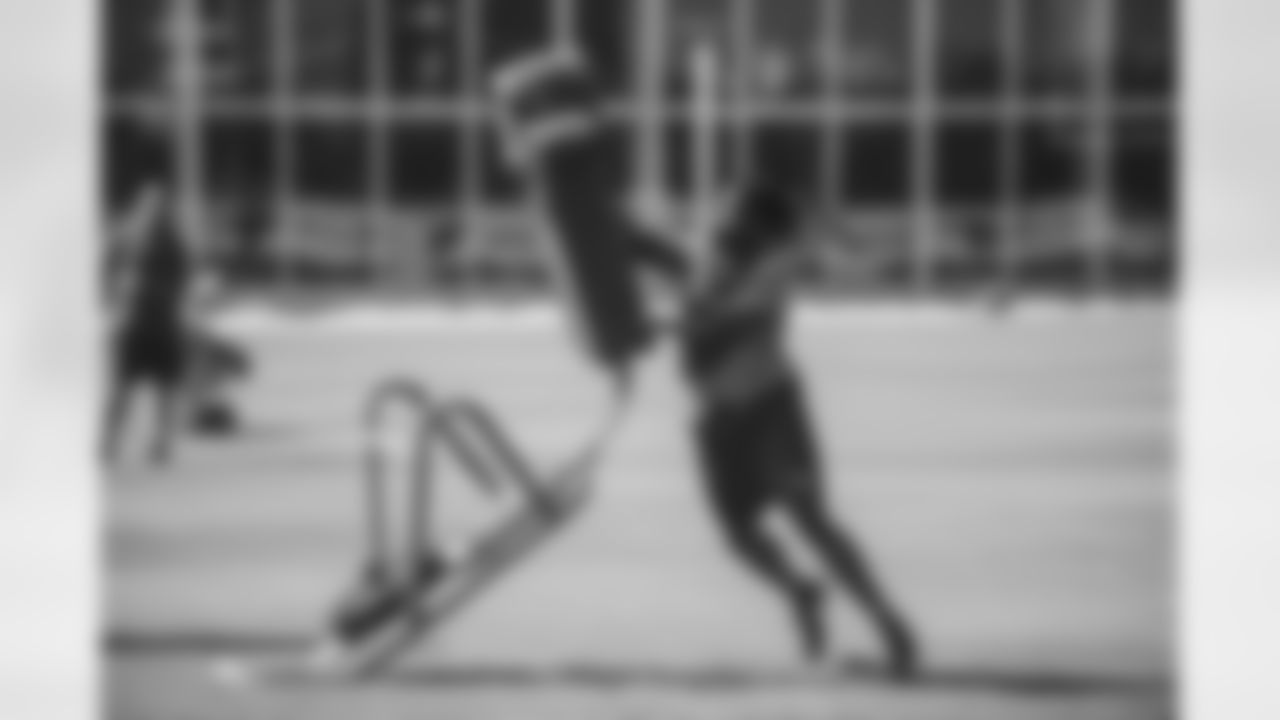

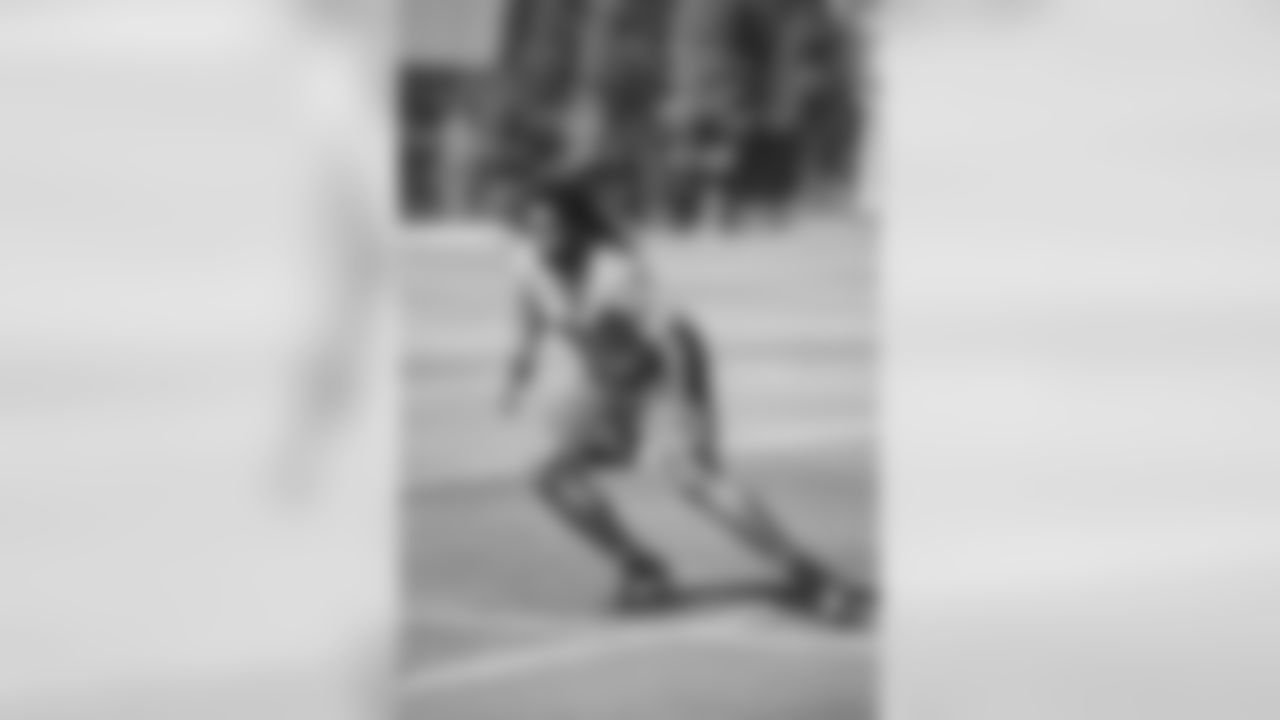
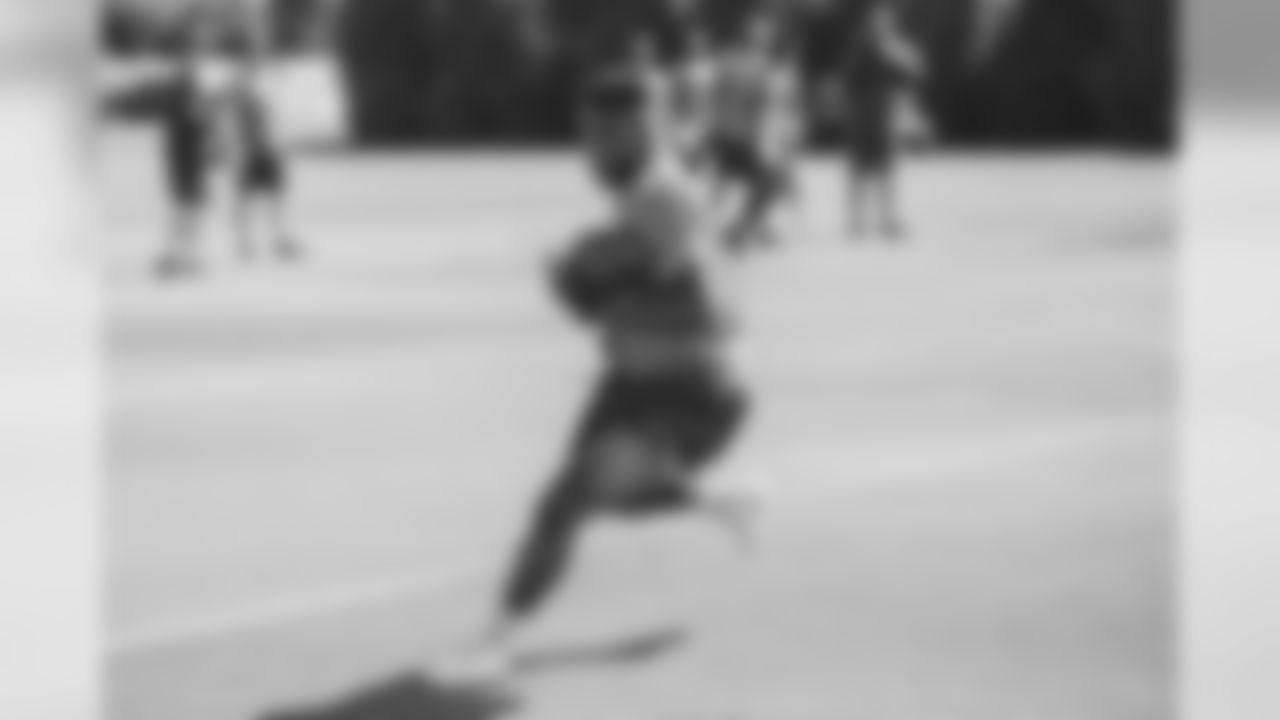
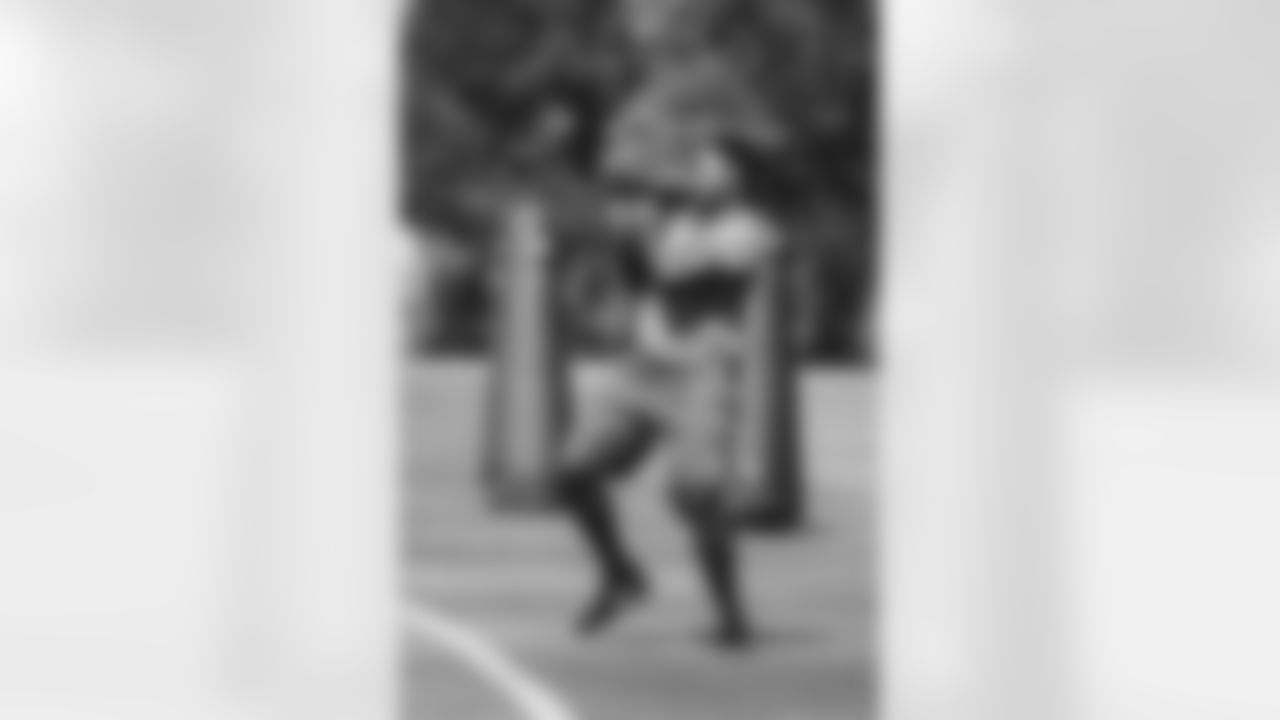

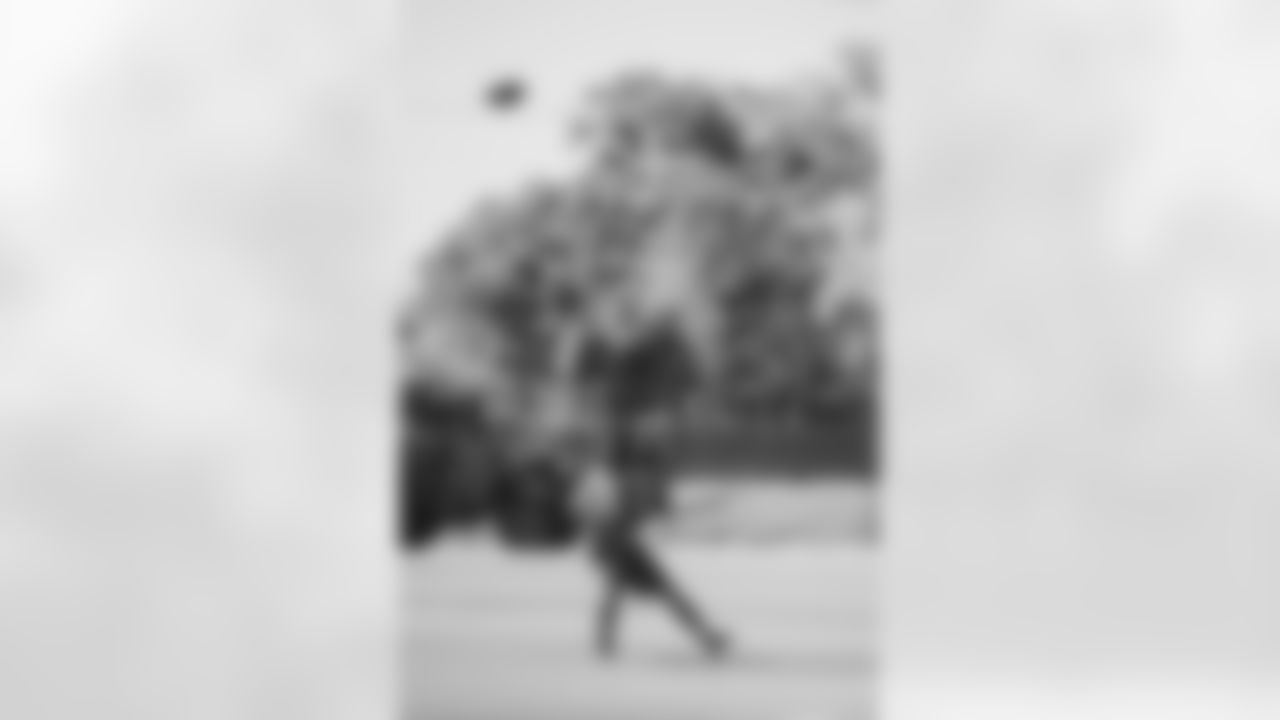
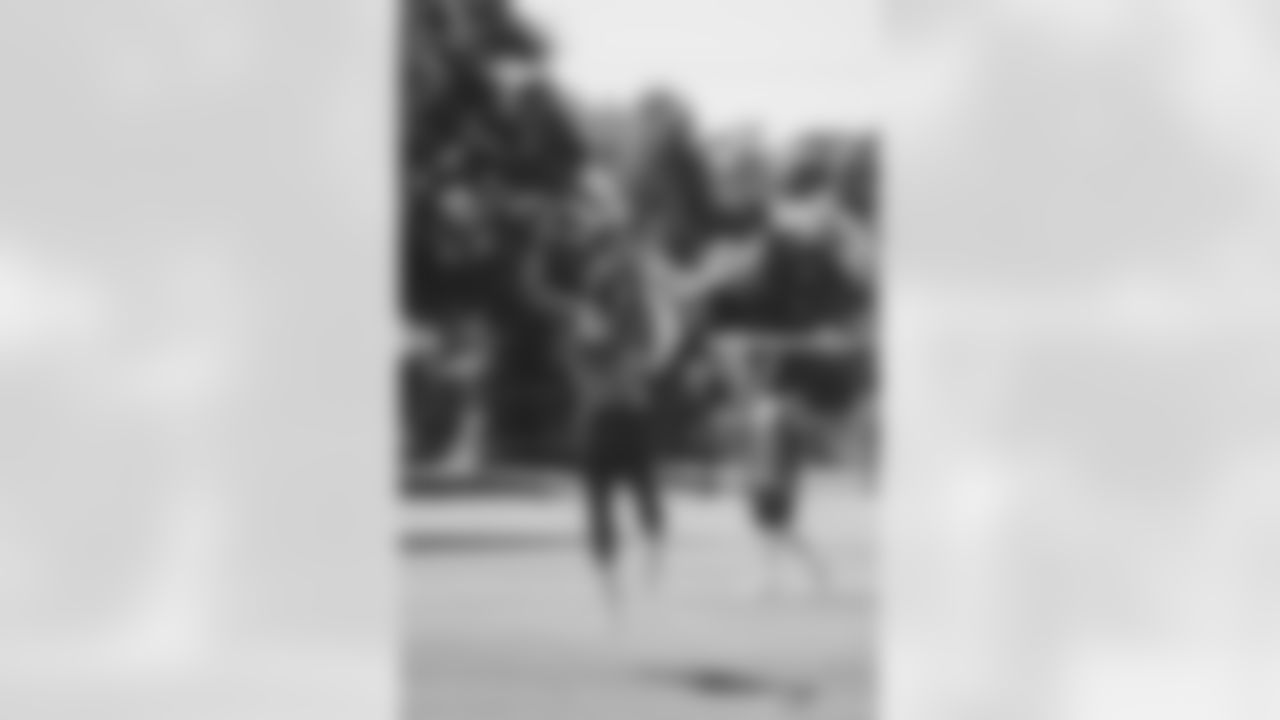
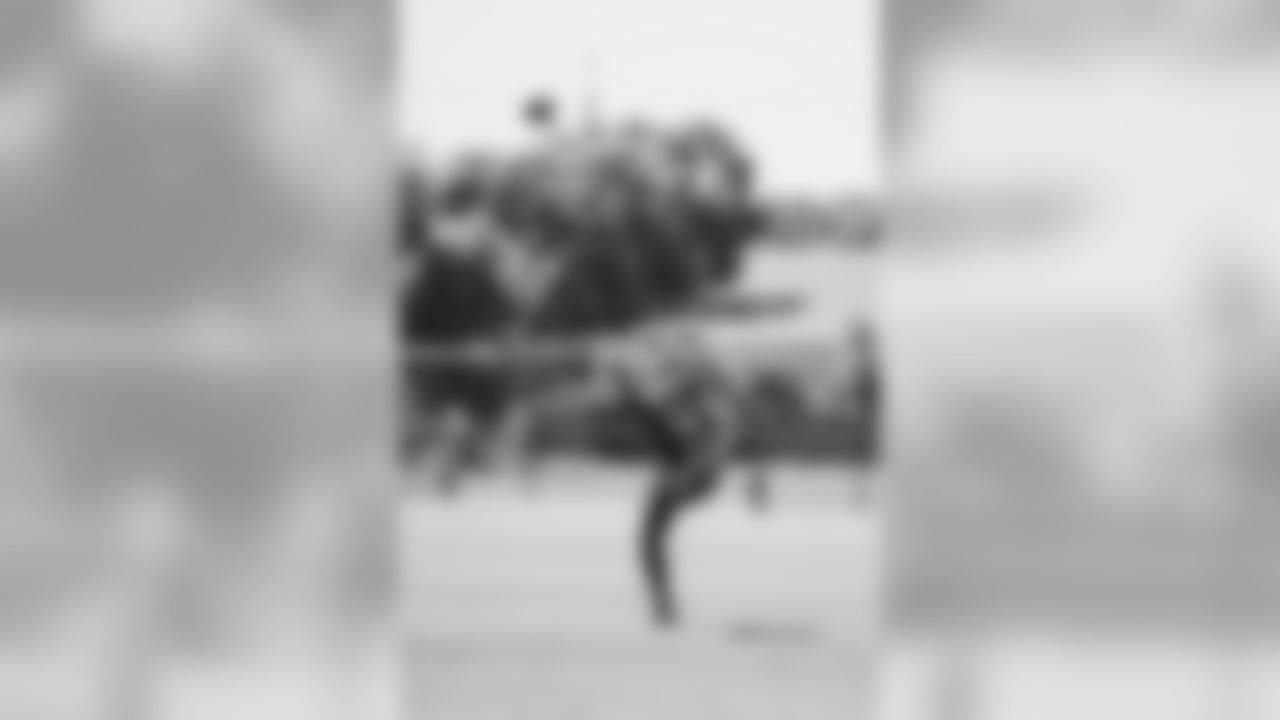
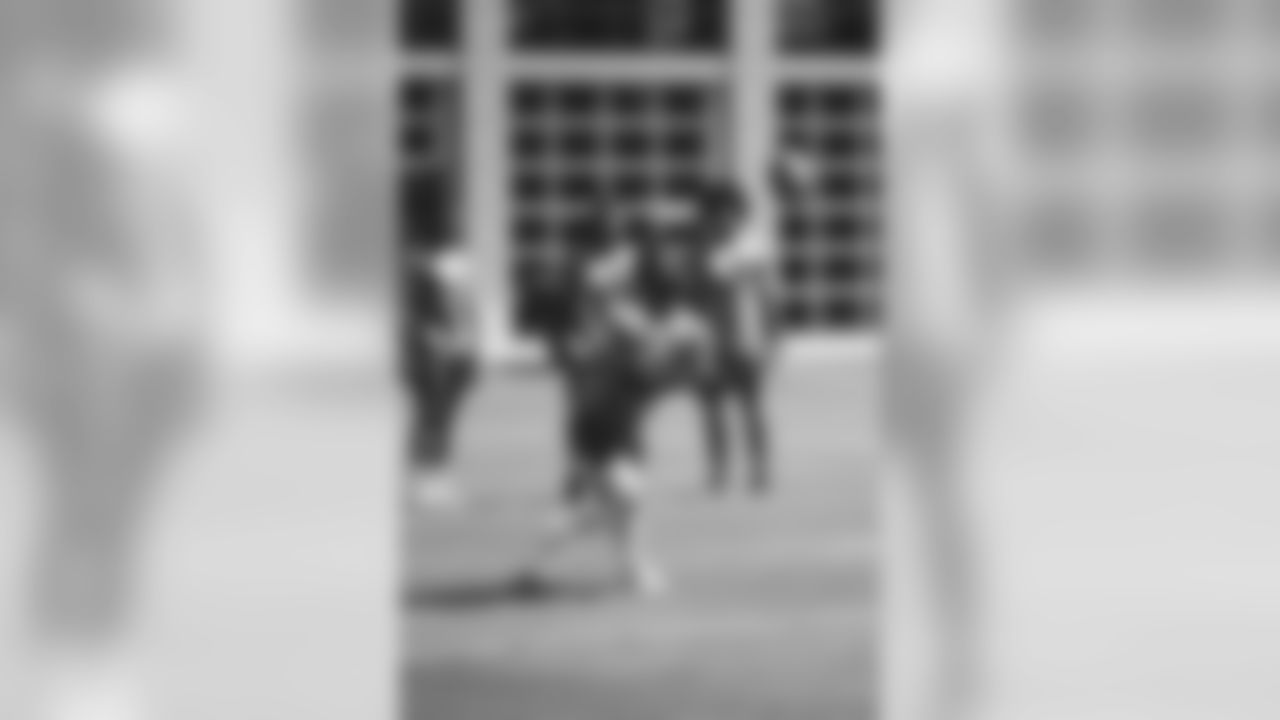
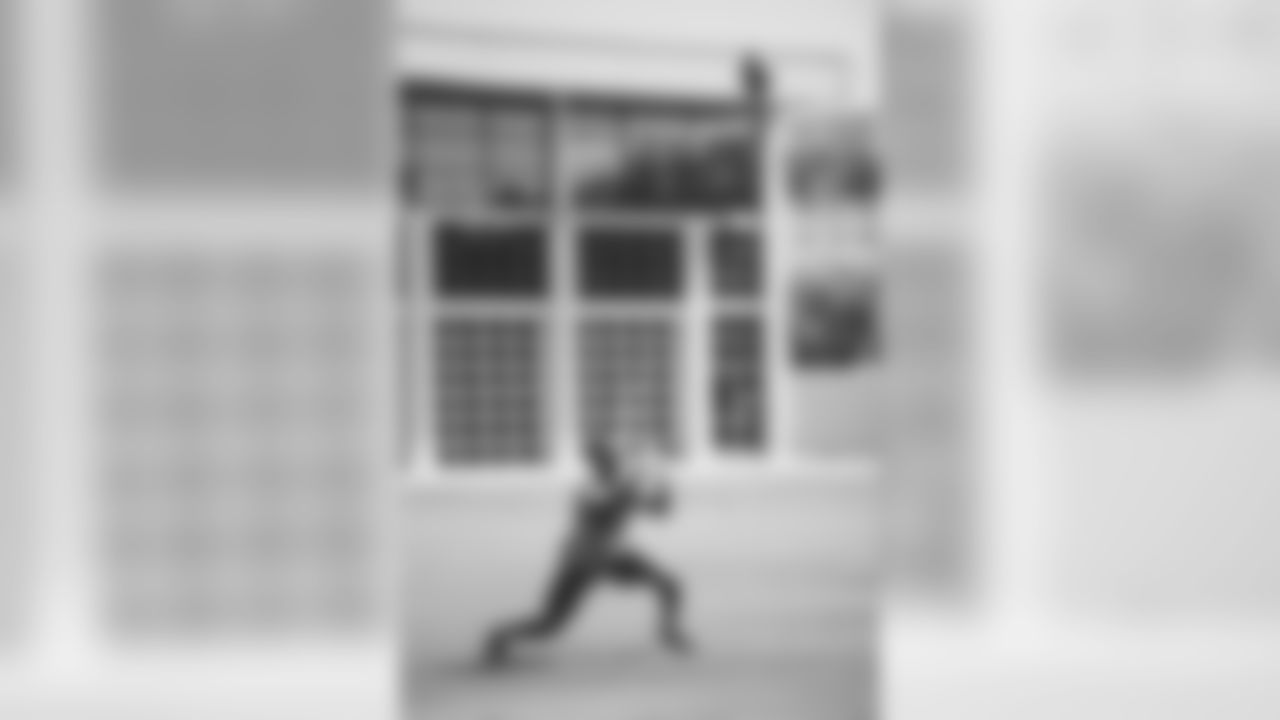
For three days in late April, the entire NFL world turns its attention to the NFL Draft where college prospects wait for a call that turns their dream of being an NFL player into reality. What you don't see is the road that leads to these three days, especially from the teams' perspective.
Enter Brian Hudspeth, a Buccaneers' area scout better known as 'Hud', who has been with Tampa Bay for 10 seasons and in the NFL for 18. Hud scouts and evaluates college players from the Southeastern United States for months and even years prior to a select few getting the call on draft day.
On April 13, the Buccaneers hosted their own pro day at One Buccaneer Place for local prospects from three state schools: University of South Florida, University of Central Florida and University of Florida. The Bucs were also able to invite prospects that went to high school in the area. This pro day is where I caught up with Hud and experienced a day in the life of a Buccaneers area scout, but not before being handed a few pieces of bubble gum to start with:
Hud: "First things, first: Day officially starts with bubble gum."
8:15am: Before workouts begin, weigh-ins with all invited prospects in the team are conducted in the locker room. Weigh-ins are routine at any workout or pro day in order to get an accurate evaluation of a prospect's performance that day.
Hud: "If they step out on the field and workout for you, you should get a weight on them. That's kind of like the standard rule of scouting. Because you have some guys that will show up 20 pounds heavier, 10 pounds lighter. You just never know. And if a guy's weight fluctuates really fast, it clues you in. Everything is a setup or a test. Like if he got away from his training for one month and put on 20 pounds - that tells you a lot."
8:50am: Everyone files into the auditorium for introductions. Director of College Scouting Mike Biehl addresses the group and after roll call, each prospect is given a chance to state his name, his position and what school he attended. While many are from the three invited state schools, universities like Villanova, Maryland, Clemson and Arkansas State are mentioned. These prospects attended high school in the area – within a 50-mile radius of team headquarters to be exact.
Hud: "You really don't get access to them until the spring, until this process, because in the fall, you're not talking to them when you go to the school. They have their season going on so you're not intrusive into what they have going on. Sometimes a coach volunteers to bring a guy to you so you can talk to him and stuff. That happens a lot of time at a small school because often times they only have one prospect, so they're more than willing to get them over to the building to talk to you or at practice or whatever. They want to make sure that guy gets his opportunity. We're not intrusive. We go out to watch practice, quiet as a mouse, take notes and get out of there because we probably have another long drive to make."
9:25am: Players are starting to warm up on the practice fields where position coaches have already set up their drill stations. Hud speaks with a few prospects he's undoubtedly gotten to know over the months and years, then joins his fellow scouts on the sidelines to discuss the prospects in attendance.
Hud: "The athletic part of the drills, we've kind of already seen them. It's really more now pushing these guys to their brink because it's on our home turf. We can push the prospects a little harder to see how they respond. Sometimes you can see their character come out in these drills. How mentally tough are they? Not just physical toughness but how mentally tough are they? It's humid, it's hot, how do you deal with all that? So, you're looking for stuff like that."
9:35am: Players who have decided to run the 40-yard dash now line up on the far side of the middle field. Hud lines up at the finish line with his own stopwatch in hand. Only about five of the 30 invited prospects have chosen to run the 40-yard dash. At this point, many have already ran at their own pro days or even at the Combine, but there are factors that play into their decision to run at a pro day like this one.
Hud: "Some may not necessarily be able to improve their time but it's just to show they're willing to compete. They can train to improve some. Your start in the 40 is the most important part - the first 10 yards. How they explode out of the blocks, how they drive through the first 10 yards then open up and start actually running – you can train for that and improve it a little bit. You're never going to go from a five-flat to a 4.33. That ain't never going to happen. But you might go from a 4.55 to a 4.48 just from improving your technique and starts and stuff like that."
9:47am: As the 40-yard dash concludes, all the scouts converge, glancing at their stopwatches and comparing notes with one another.
Hud: "There is a difference in scouting and evaluating. A lot of people can evaluate tape and film, but to truly scout a player is going to the school, hearing the character, looking the kid in the eyes, seeing him in pads, seeing how they carry their pads and how they look physically and just going through the right process. There's an art to it. There's an art to scouting and it is very subjective and a lot of people think the subjectivity is wrong more than it's right but I don't feel that way. Going through a process and drawing from years of experience and the actual gathering of the character and going to the school and getting a feel for them. Anybody can hear words but sources and people that you're interviewing at the school, whether it's the coaches or academic people or trainers or strength coaches. How they say it or what they don't say and body language is a huge part into what they are trying to communicate to you. That makes a big difference in how these guys kind of get stacked out in the end."
9:49am: Hud and his fellow scouts turn their attention to the position drills as each Buccaneers coach starts working with his own group of prospects. Hud starts by observing defensive line drills, run by assistant defensive line coach Paul Spicer. He then glances over to offensive line coaches George Warhop and Butch Barry, who are working with two offensive linemen on the next field over.
Hud: "It's how he looks on tape versus how he looks now. How he looked in his last pro day compared to how he looks now. Truly in some of this you're just seeing how they compete. Like if they shut down when you push them and tap out. When they're tired and fatigued, breathing heavy, all lathered up –whatever term you want to use –do they keep going? Can the coach continue to push them and will they continue to respond? A lot of times that's what you're really getting out of this."
10:08am: It's the defensive backs and linebackers that have caught Hud's attention this time as both secondary coaches Jon Hoke and Brett Maxie run back peddling and zig-zagging drills with prospects. It's this point that General Manager Jason Licht walks over to speak with Hud as they continue to watch the drills. Since Hud covers the southeastern United States for the Bucs, he's more familiar with these prospects than most. Members of the staff like Licht and Director of Player Personnel John Spytek or national scout Byron Keifer and Director of College Scouting Mike Biehl will ask for Hud's input while making their own evaluations and identifying guys they want a better look at.
Hud: "There are a lot of eyes on the guys. So obviously, they would ask me because I know a bit more about their character and their background. Like, this guy is really a top character kid or should be given more consideration. They go around to the coaches to get their feedback and input because they just put them through the ringer in these drills. The other scouts, the national scout, Byron Keifer, some of the other pro scouts, just the guys that watched them - it's a collective, collaborative effort in figuring out who to talk to further. There isn't just one scout that has final authority – except for the general manager. Except for Jason and Spytek and Mike, they are the final decision makers. We all just provide feedback and input and kind of filter things up the chain."
10:18am: The quarterbacks are throwing to the receivers on the first field. Quinton Flowers out of the University of South Florida is throwing and is one of the more high-profile prospects in attendance. Though high profile, there's always more to learn underneath the surface of a prospect to evaluate if he would be a good fit for the organization and that's where scouts come in.
Hud: "Clearly a position coach at a school probably has the most access to a kid so they have probably the truest feel for how they are on a day-to-day basis. But you also want to take into consideration if they are combative with a secretary or administrator or if they are combative with the academic staff. You have to take into consideration how they conduct themselves outside the building. You get a lot of that from 'peripheral' people that deal with them on a day-to-day basis in a different capacity."
10:35am: Speaking of high-profile prospects, Hud walks over to the linebackers where Central Florida's Shaquem Griffin is participating in the linebacker drills. Griffin has quite the back story but Hud is quick to warn against getting too attached to prospects he evaluates.
Hud: "There are prospects that I want to see do well regardless where they end up. I try not to fall too much in love with them. I was always taught that at some point you're going to have to make a tough decision, so there's no point in getting too close to them. But there's been guys that you like and you like their story; you like what they're about and what they're made up of. It's not always the most talented ones that you like the most. You do stuff like this and battle-test them a little bit, you put them through the ringer and cream rises to the top, right?"
11:28am: Workouts conclude and Hud heads back into speak with me about the day while coaches are speaking with certain prospects the staff wants another look at.
Hud: "We recorded all of it so the coaches right now are visiting with some of the guys that we pulled out of the fray that we want to spend a little more time with, give them some one on one attention. Really hone in on a couple three guys but then we will watch this tape."
12:00pm: The scouting staff will review tape of the day's workouts and evaluate what they've seen.
Hud: "There's a new sign down the hall [at One Buc Place] that says 'I am that man' and it's something new we've developed this year. It includes five traits we would like to see from everybody to know exactly how we're targeting who the best guys are. It's accountability and competitiveness and the rest of those five traits that are listed down there. So, you really want guys like that because we feel like those guys have the best chance for success."


